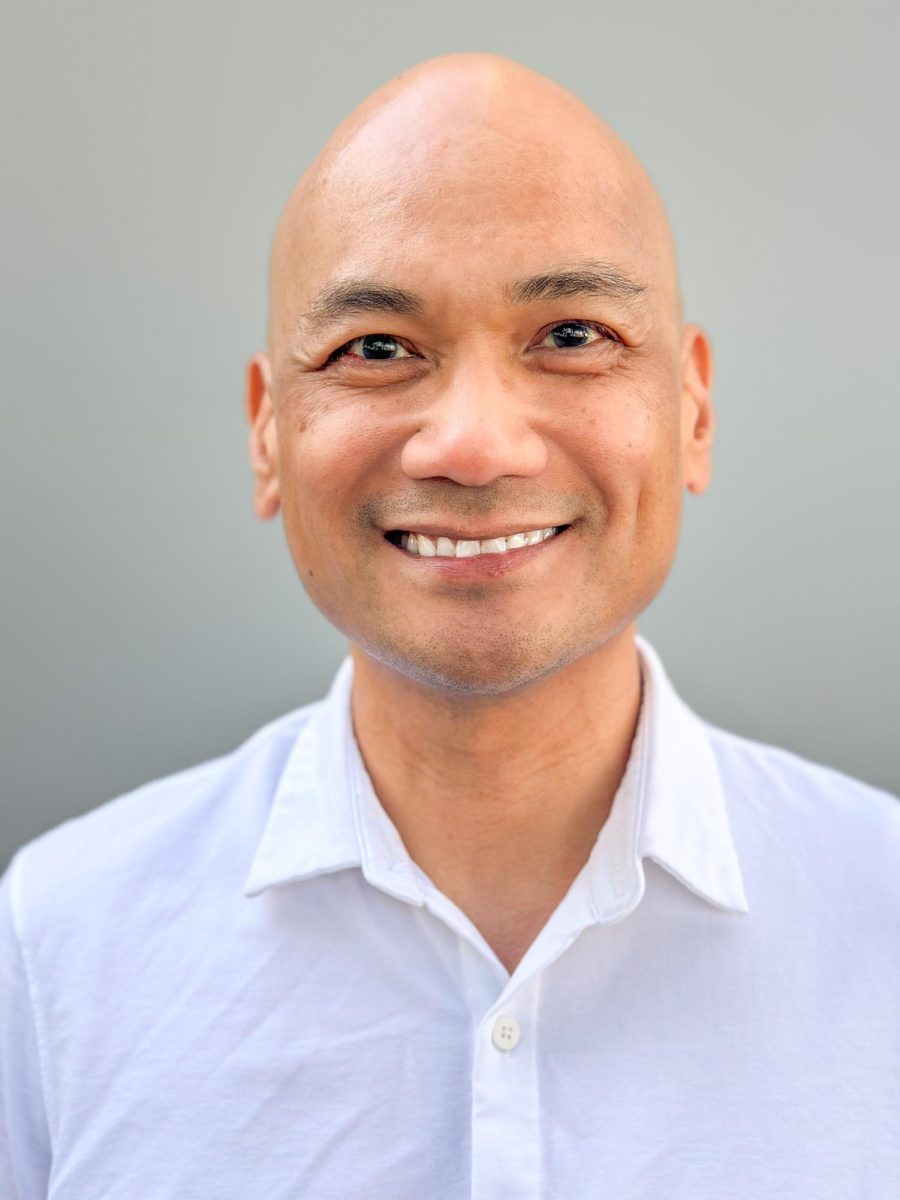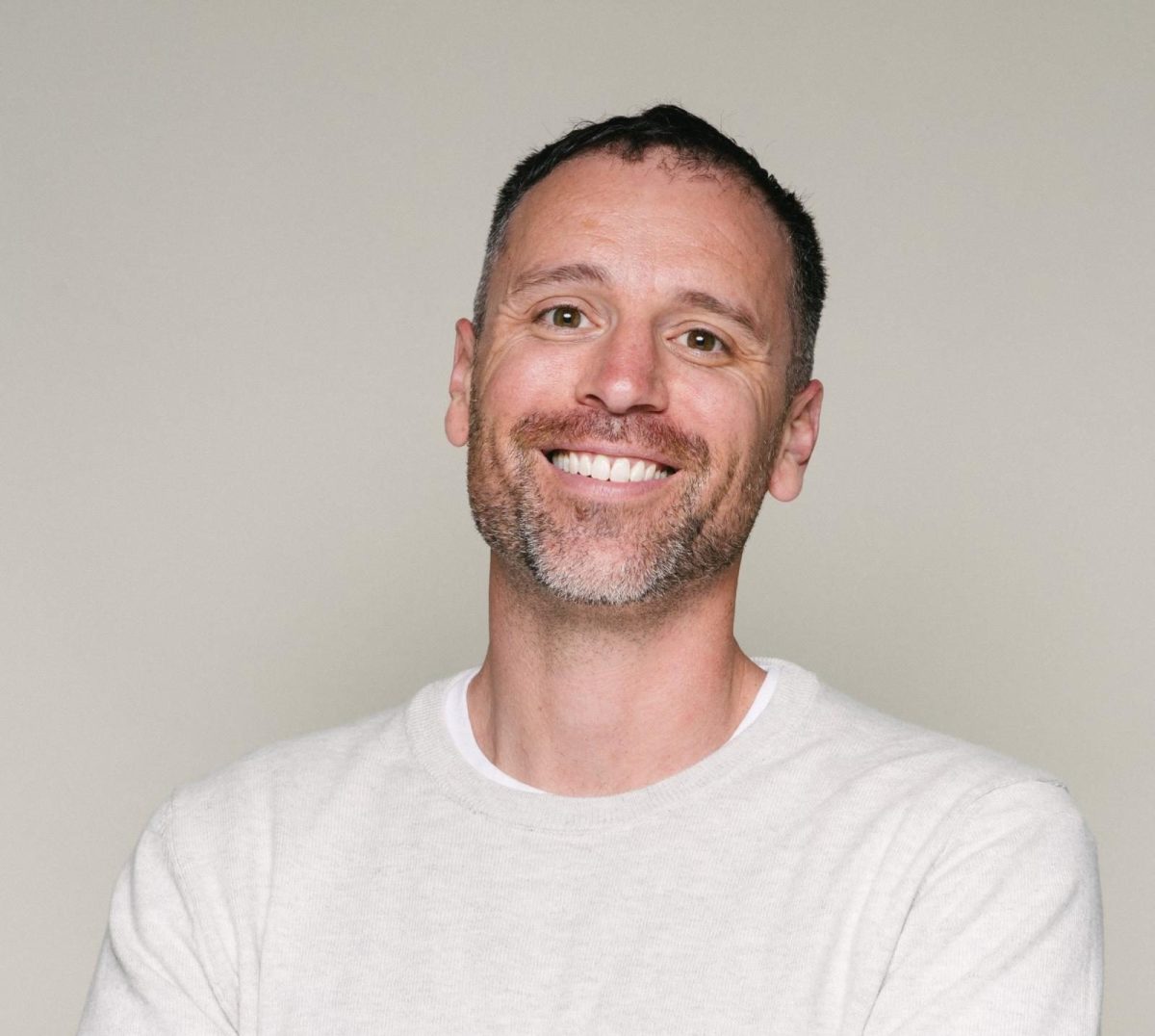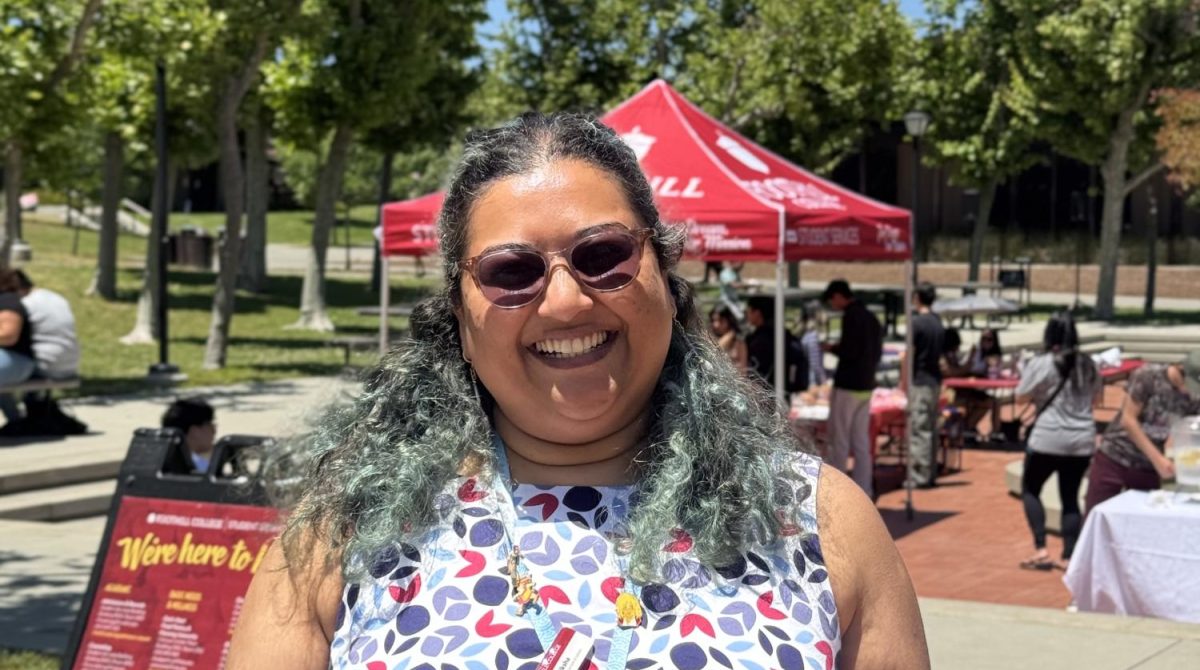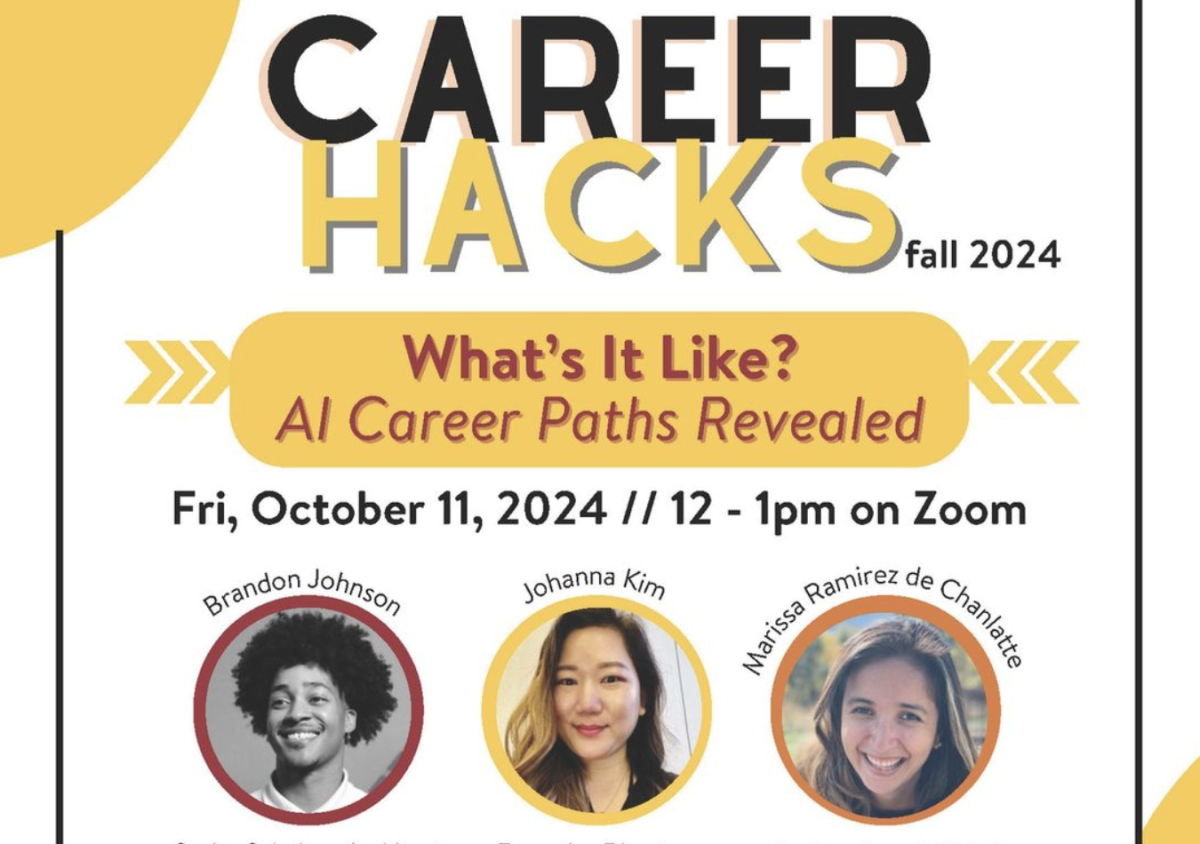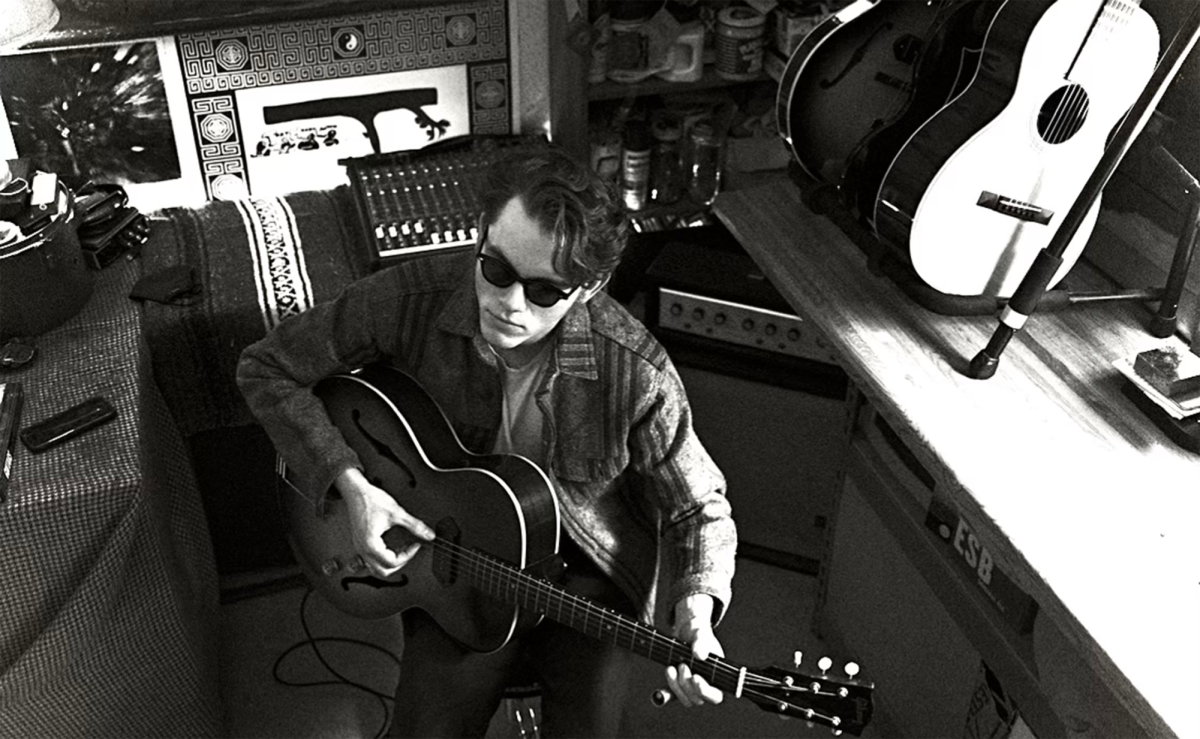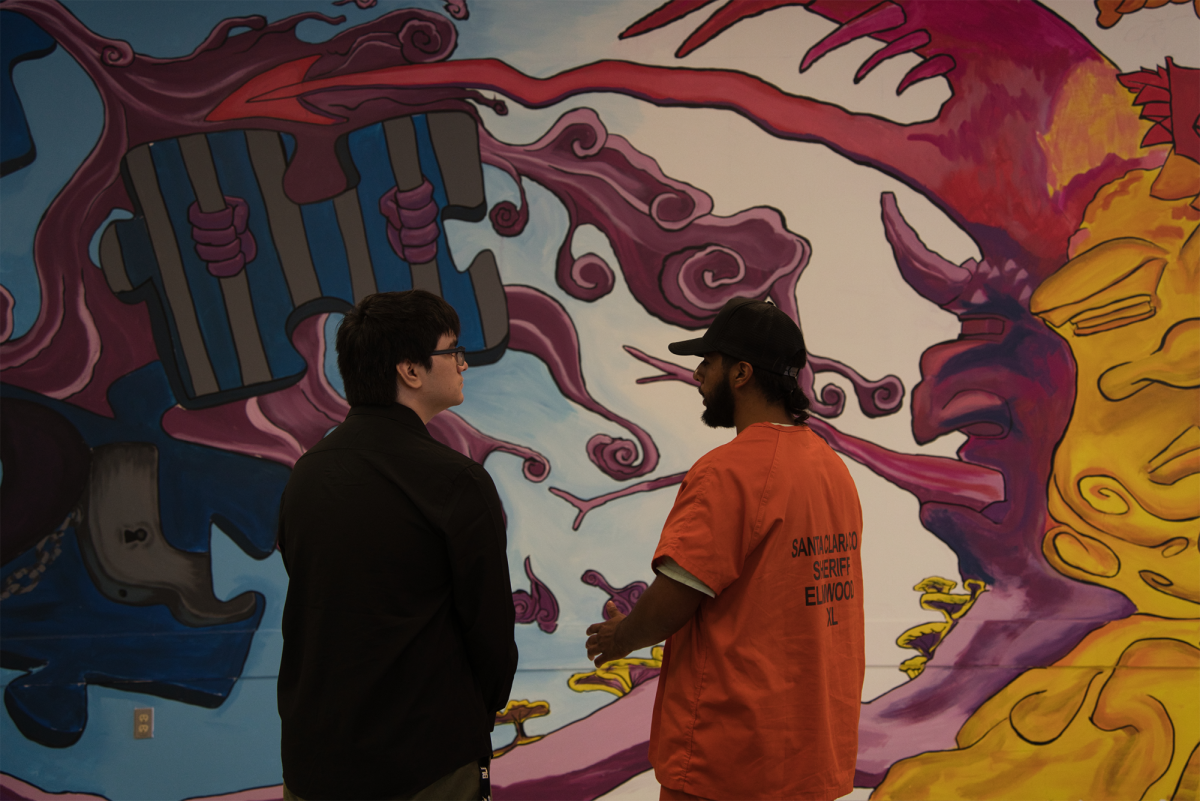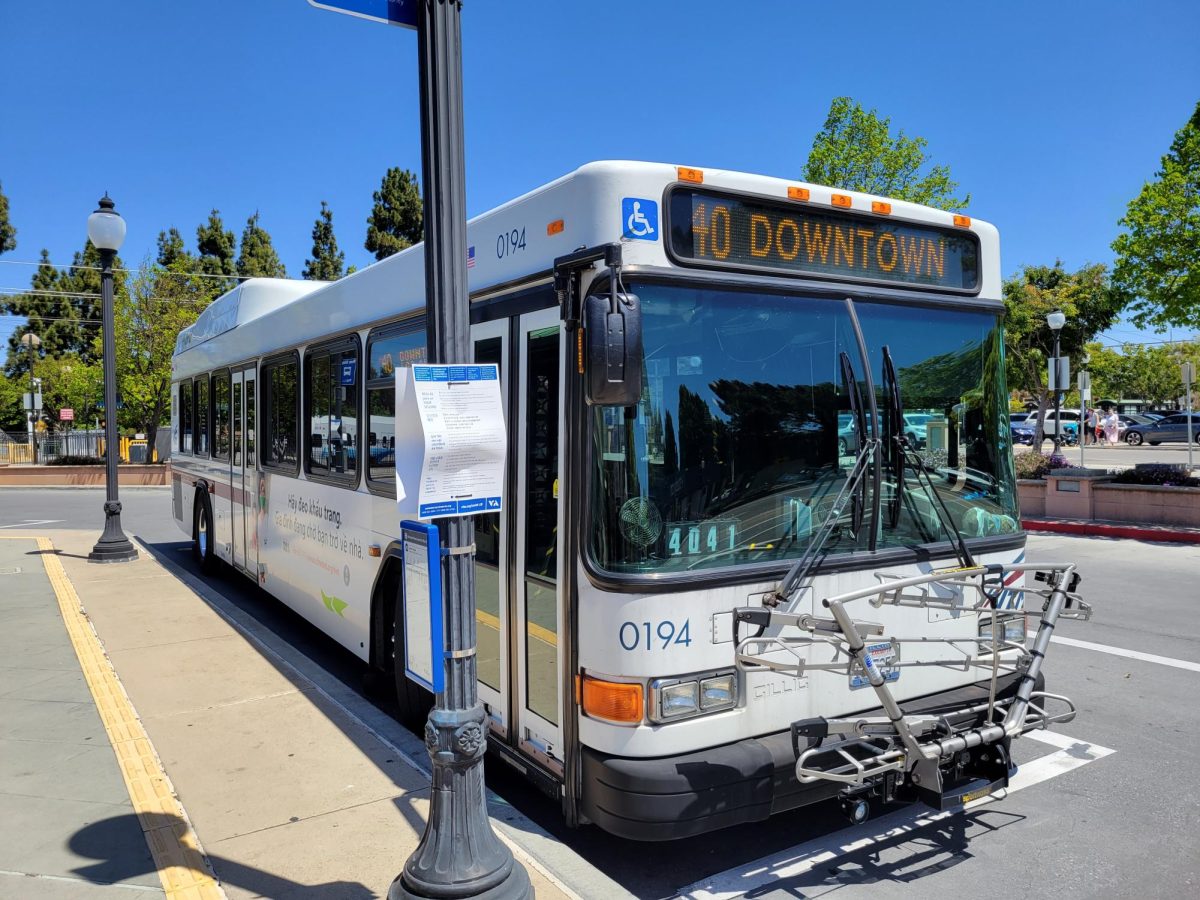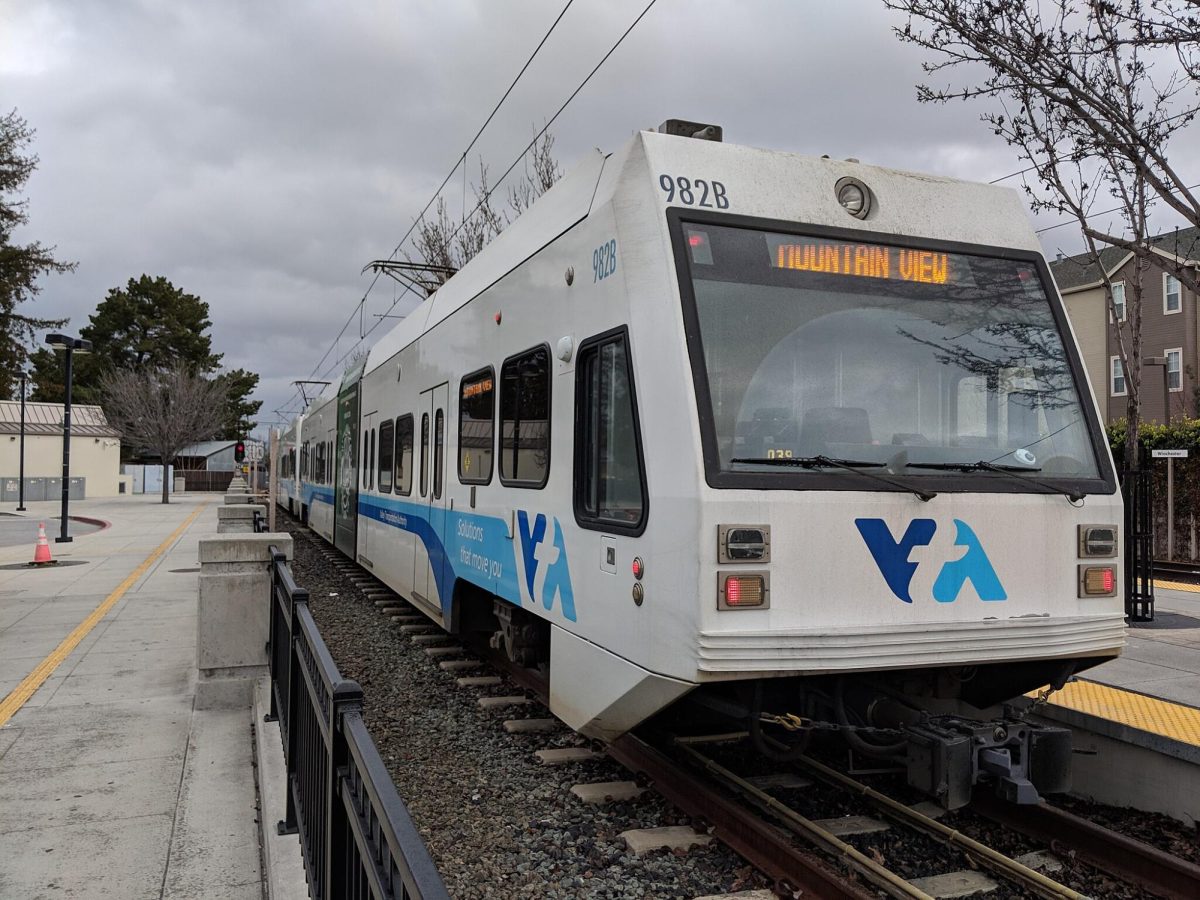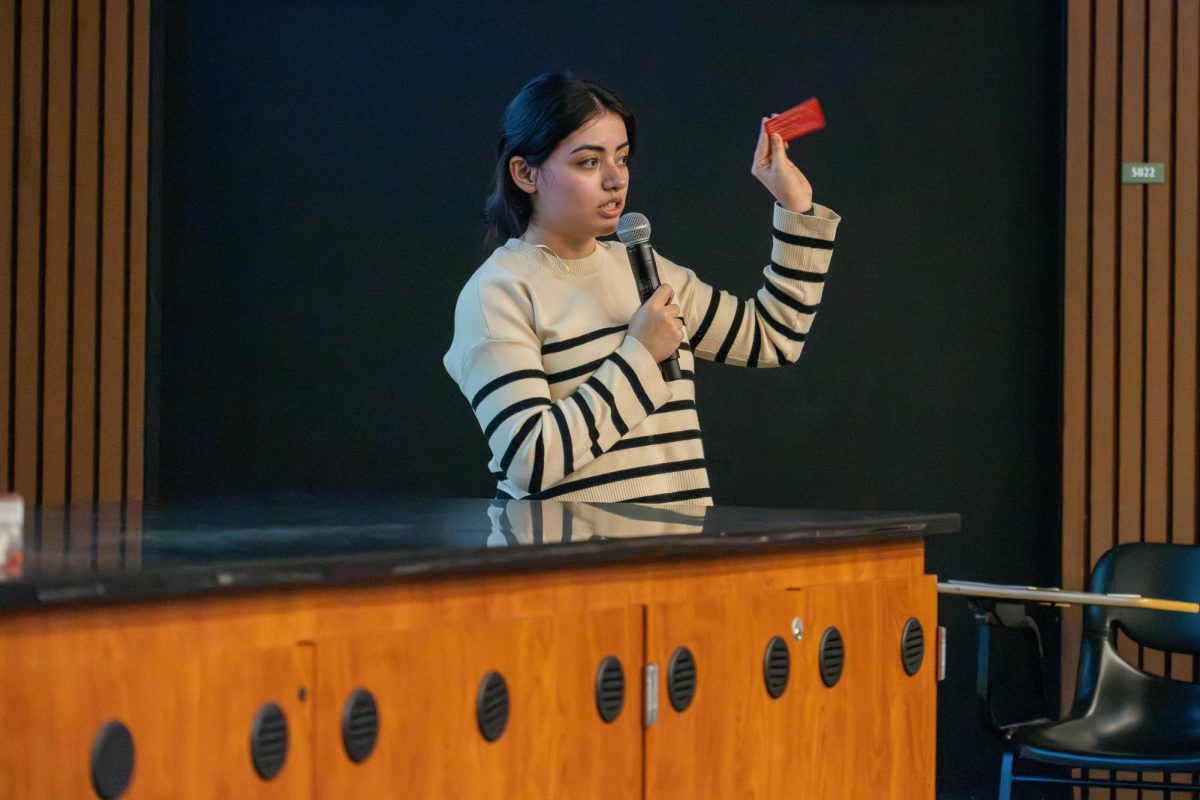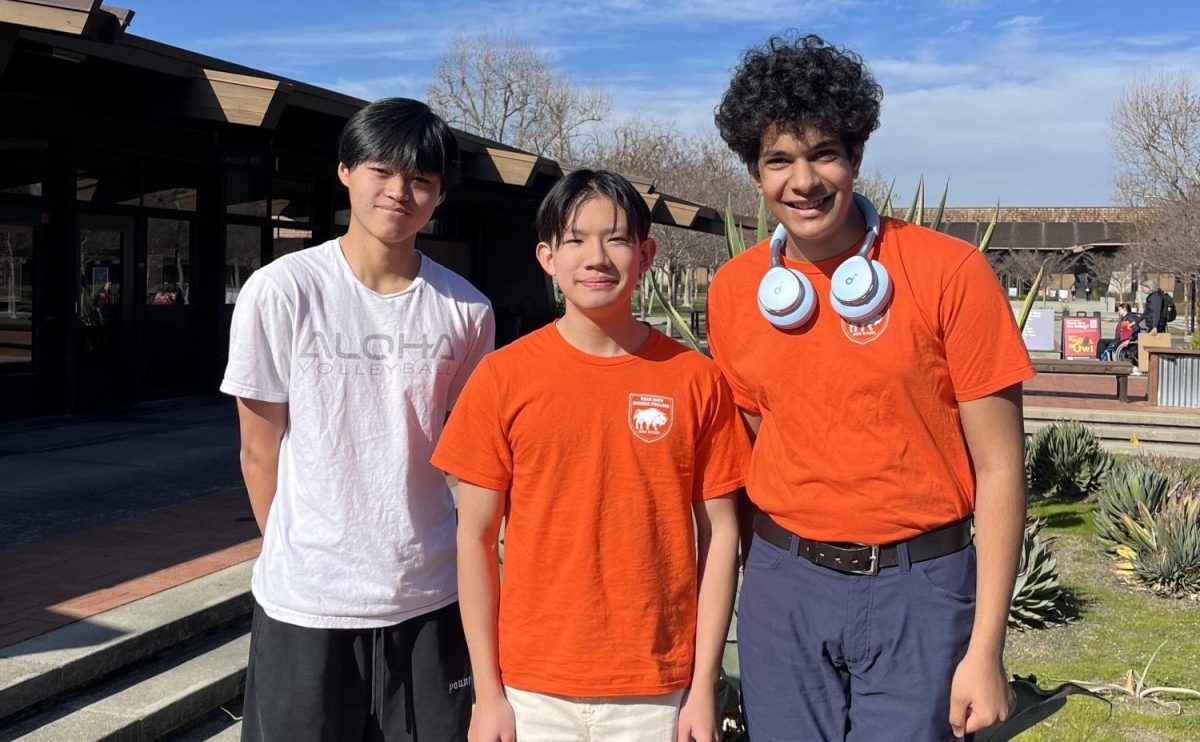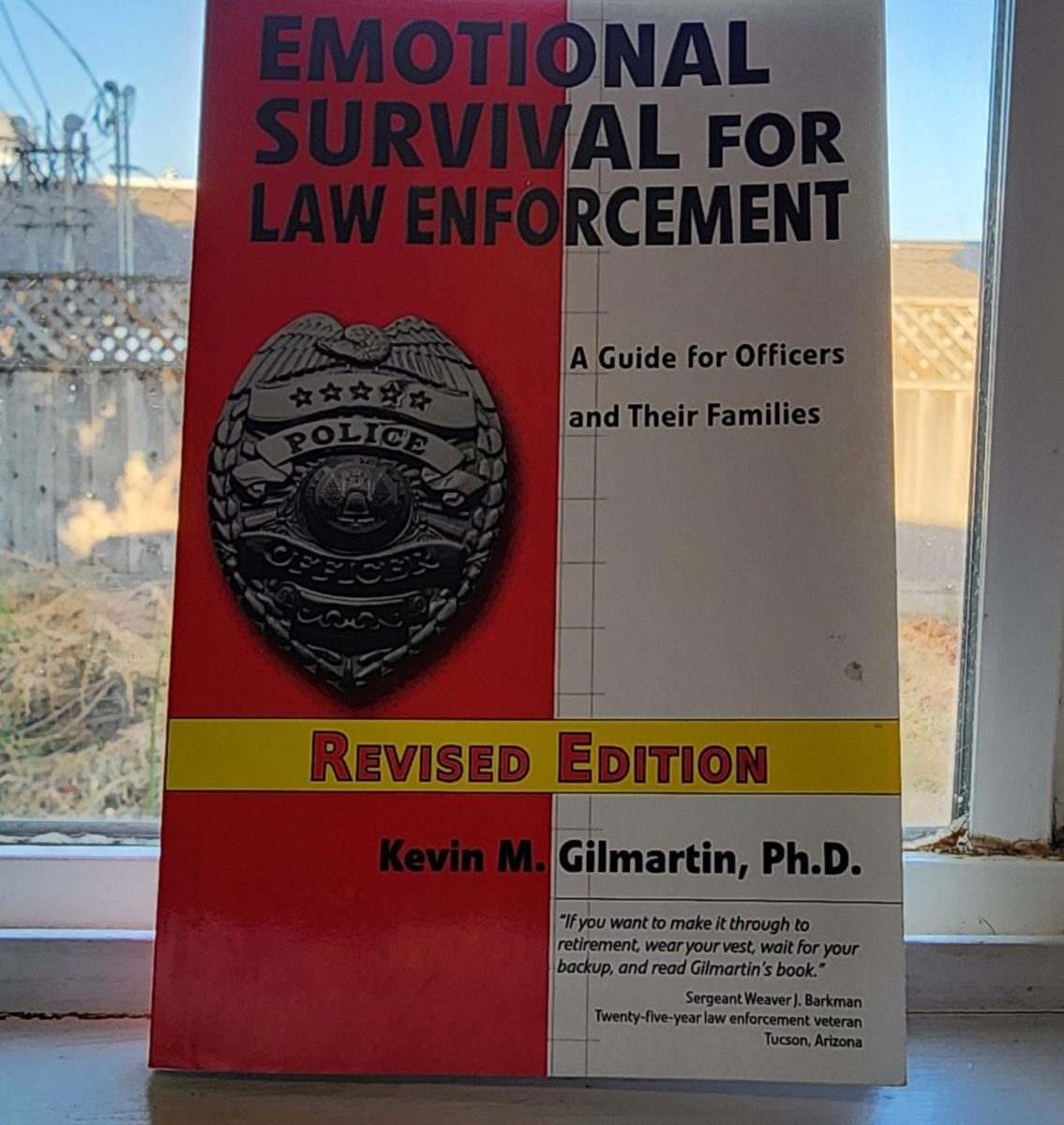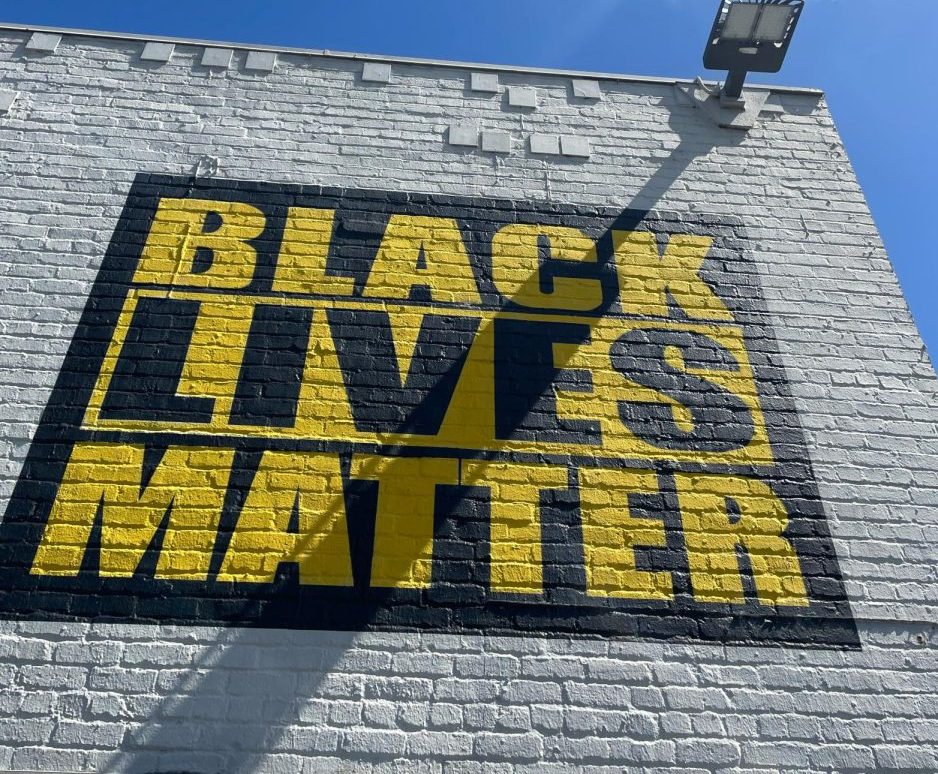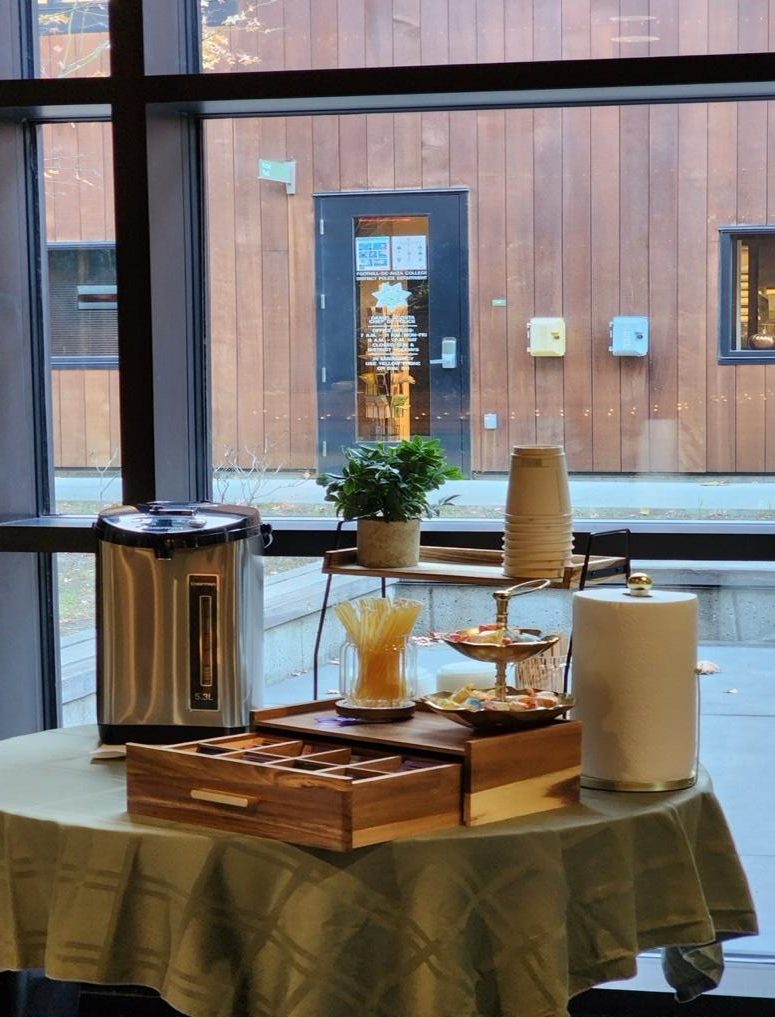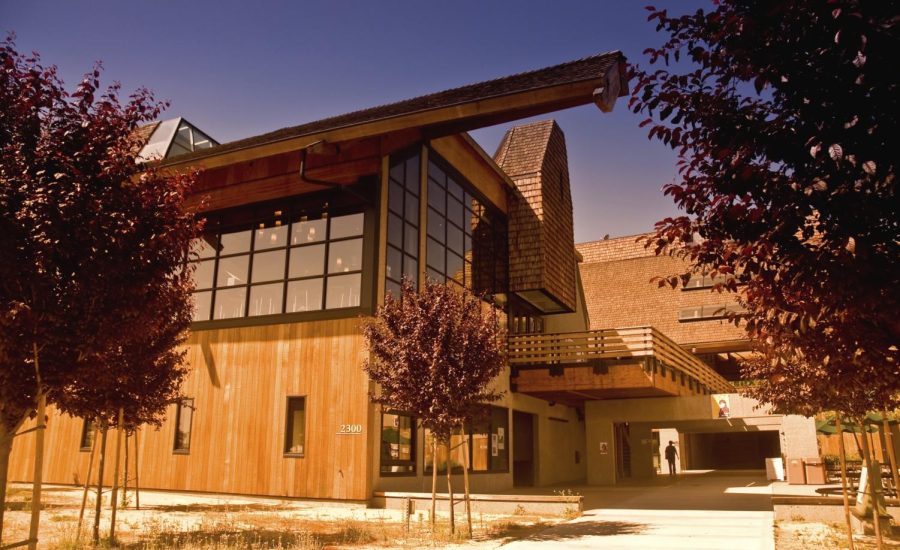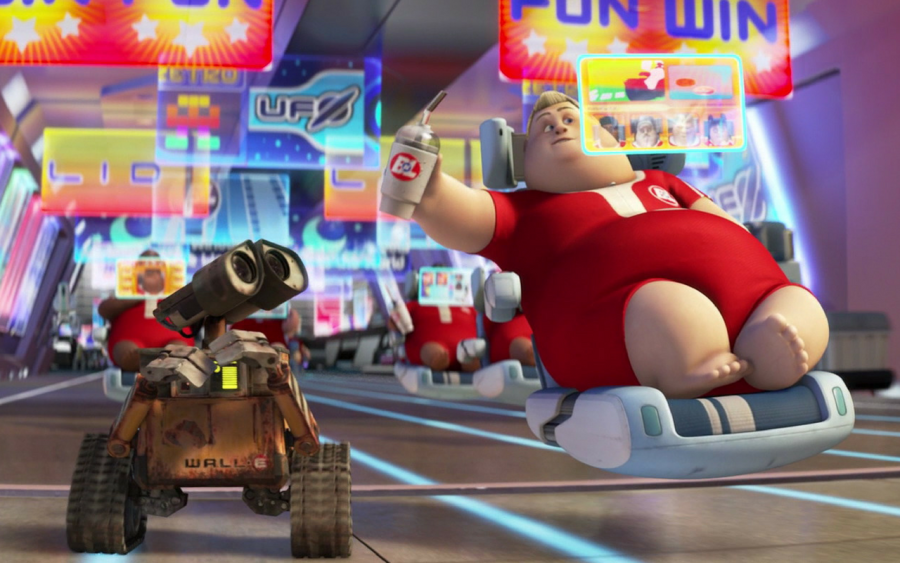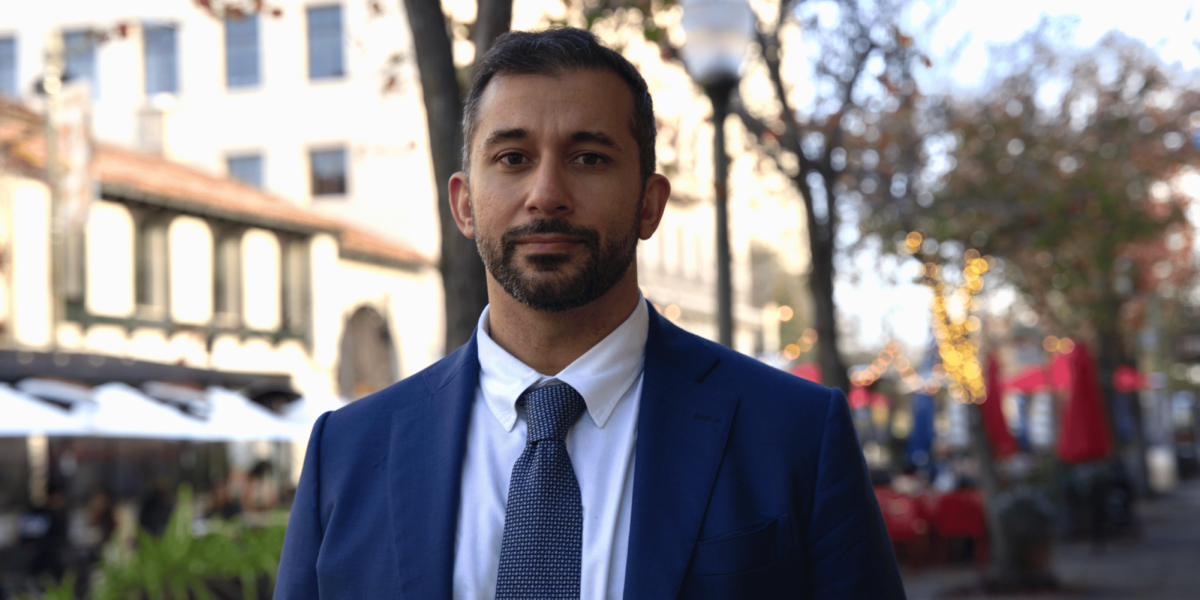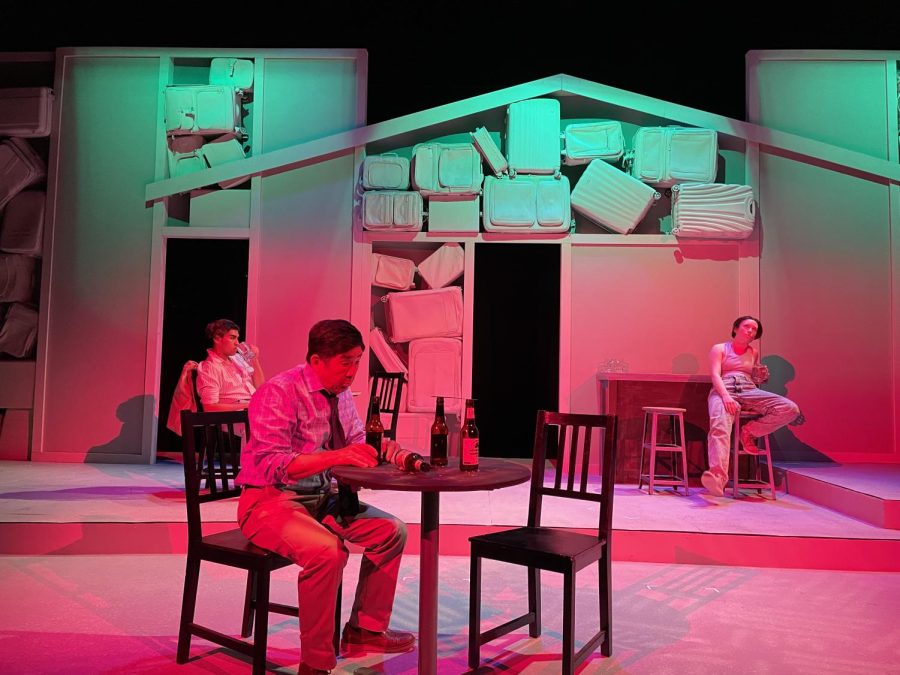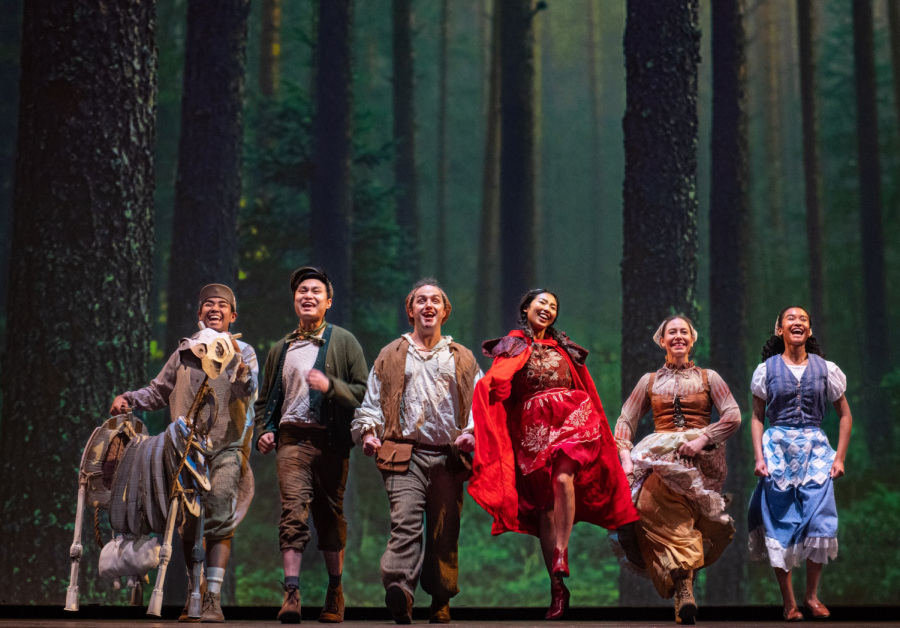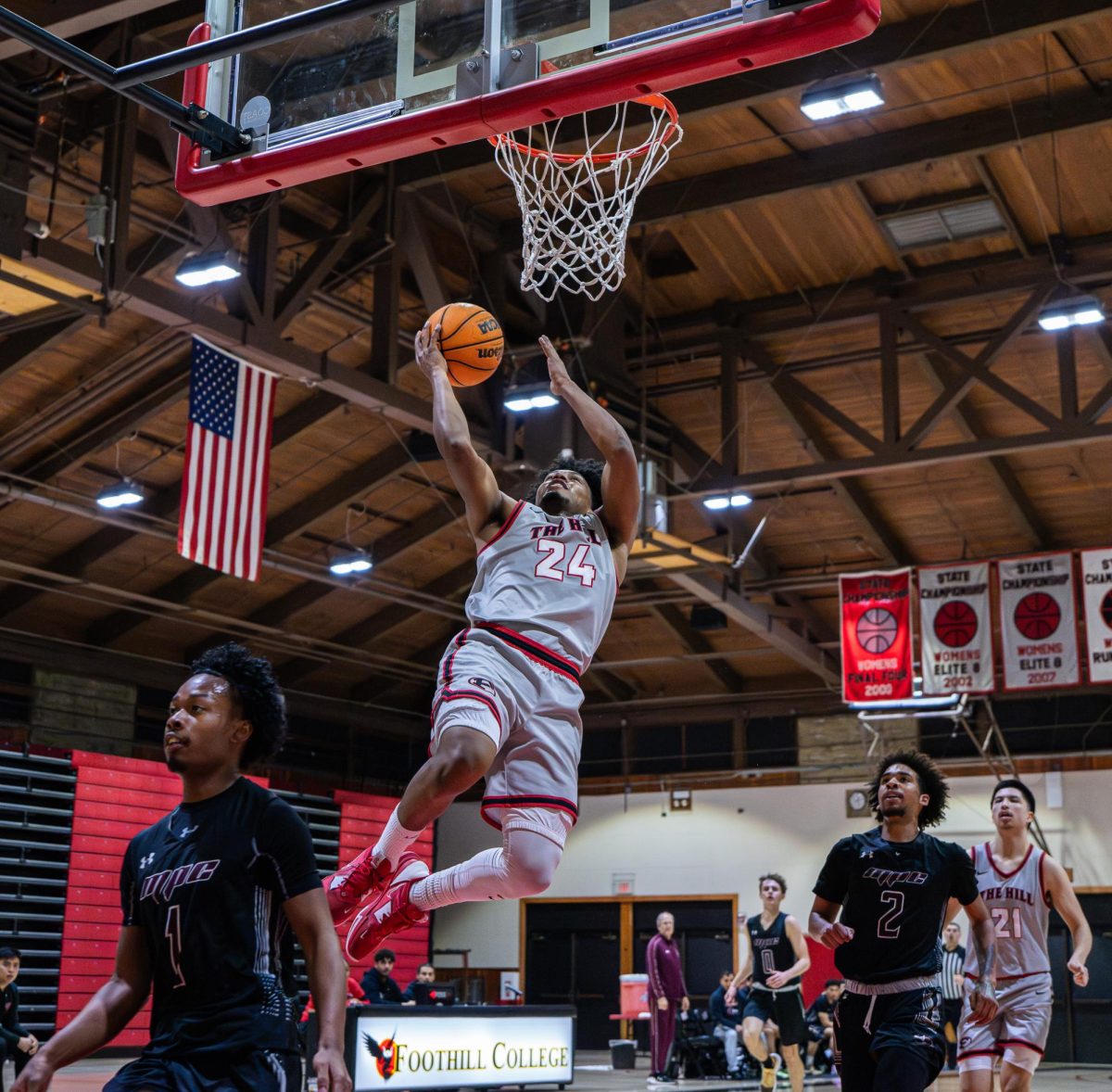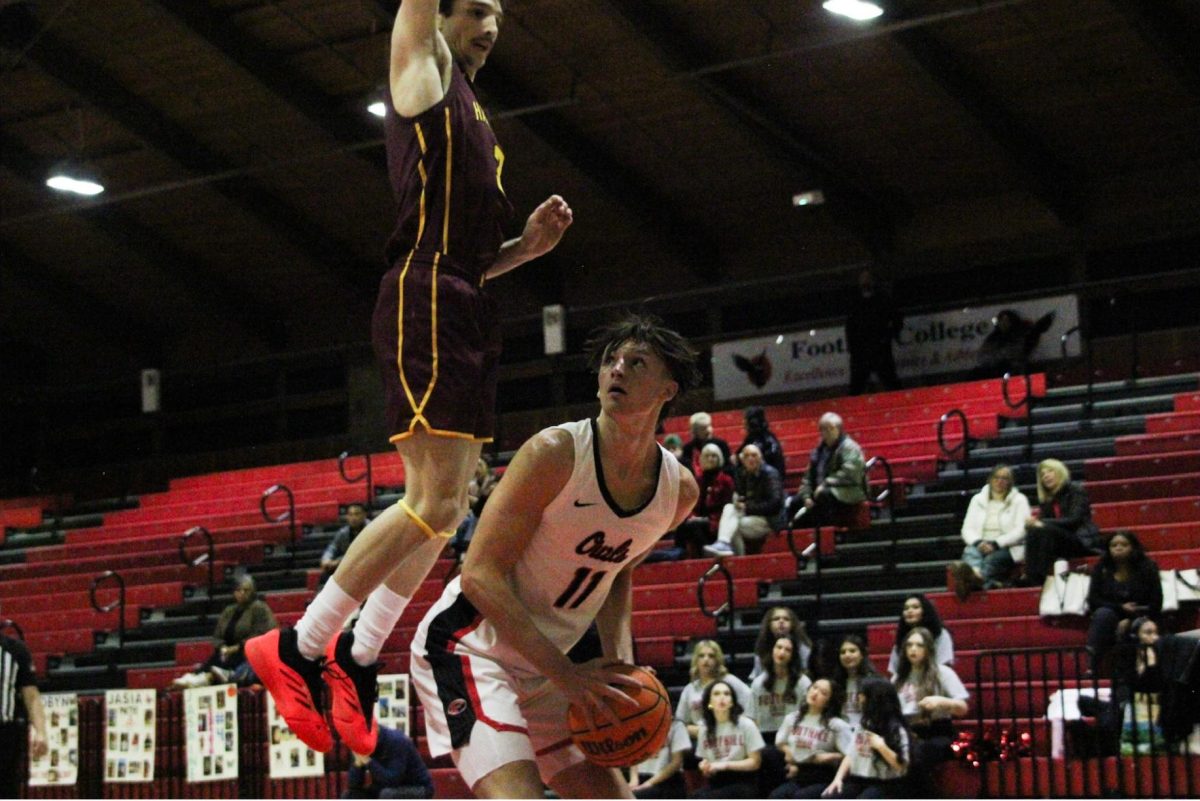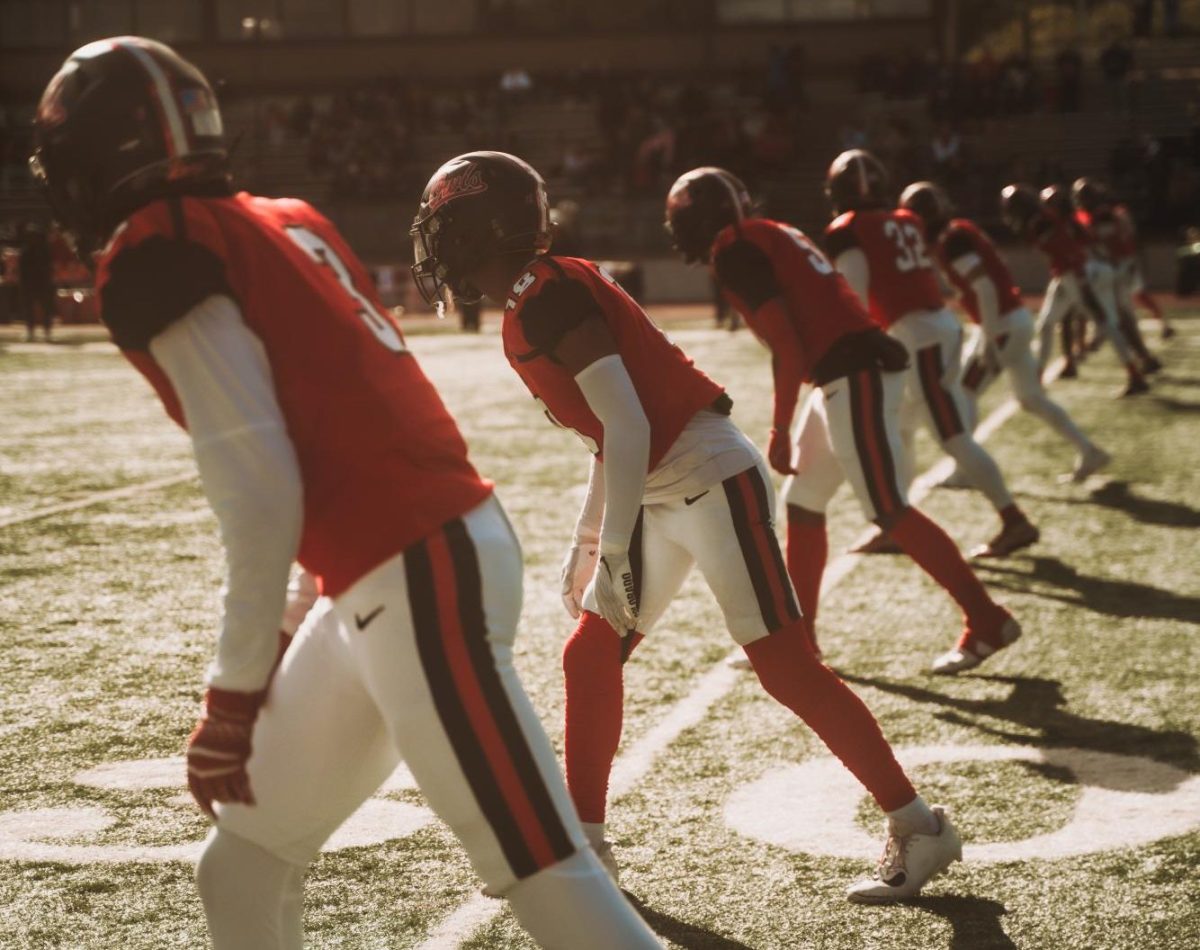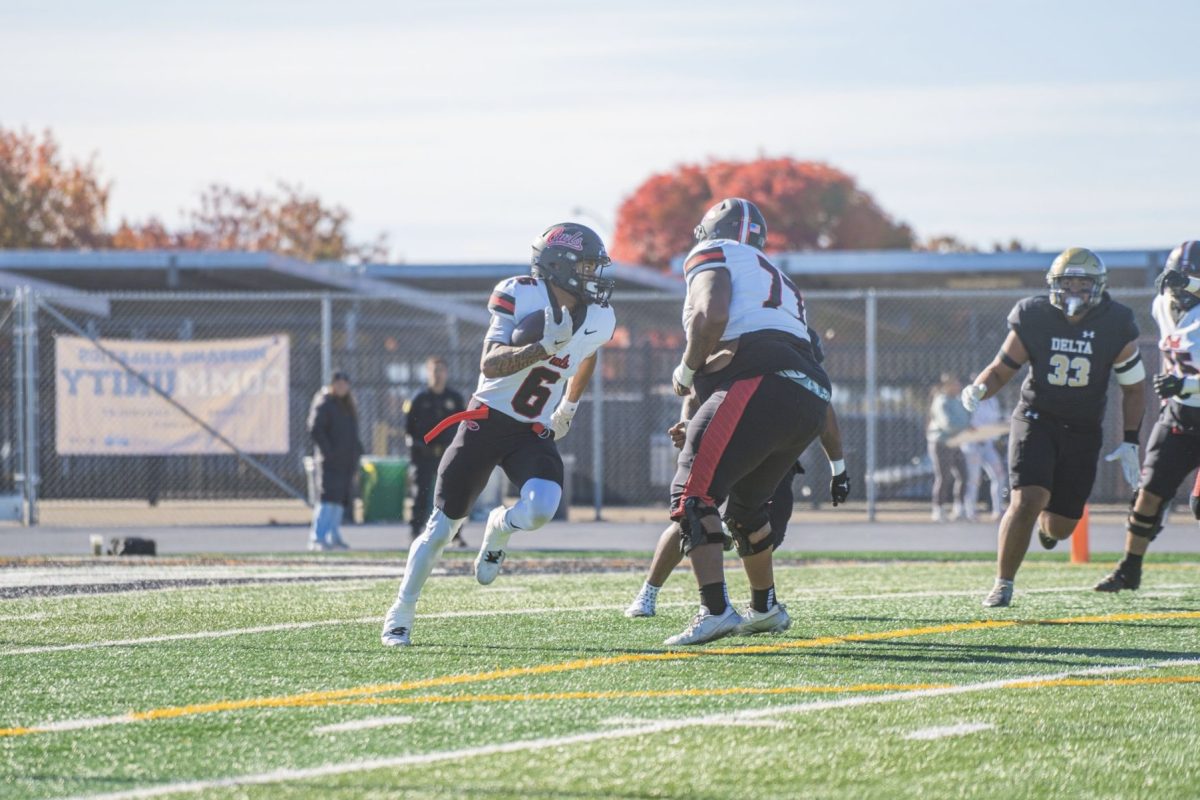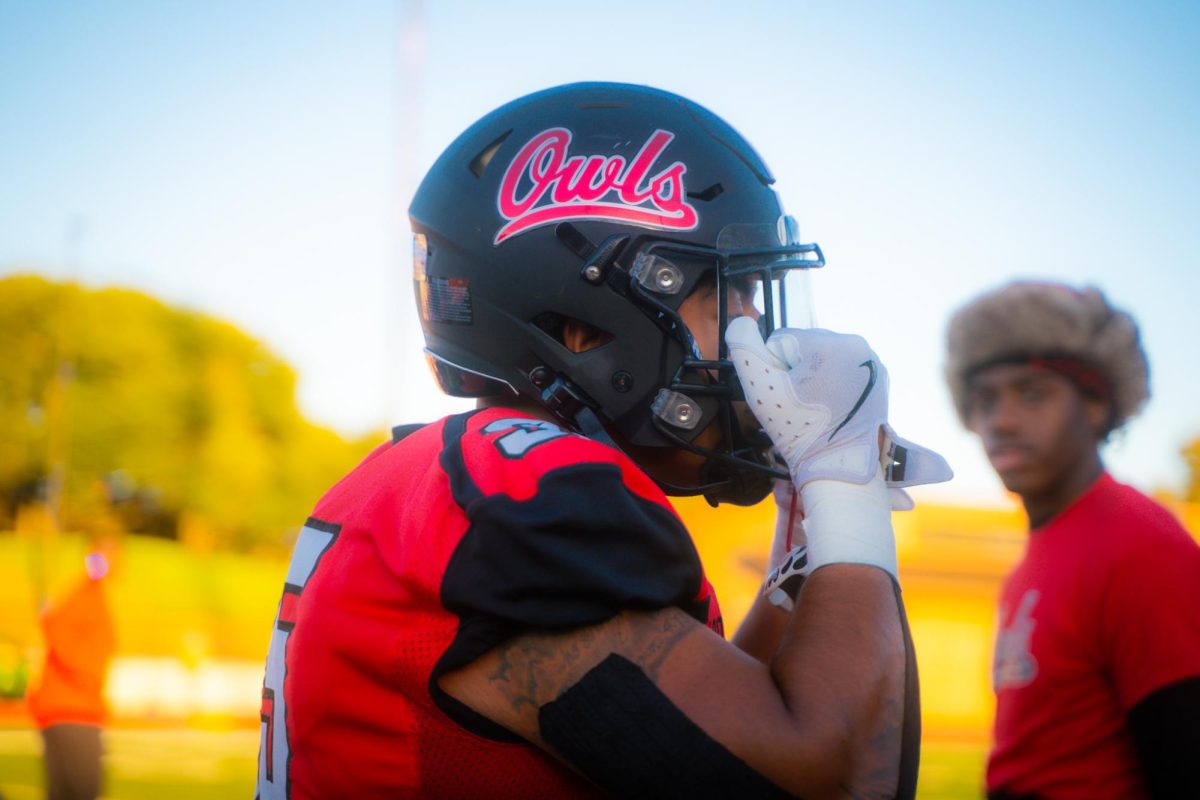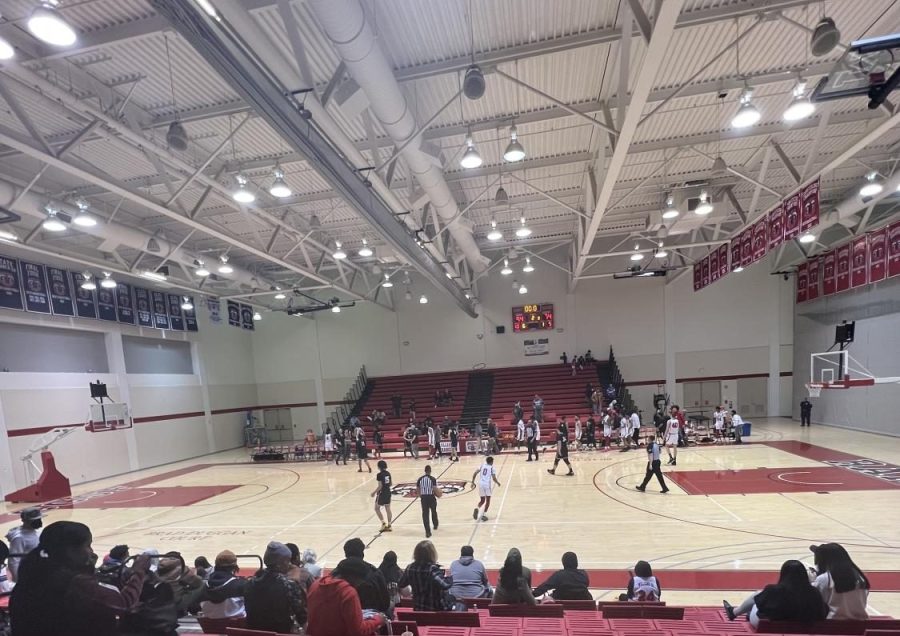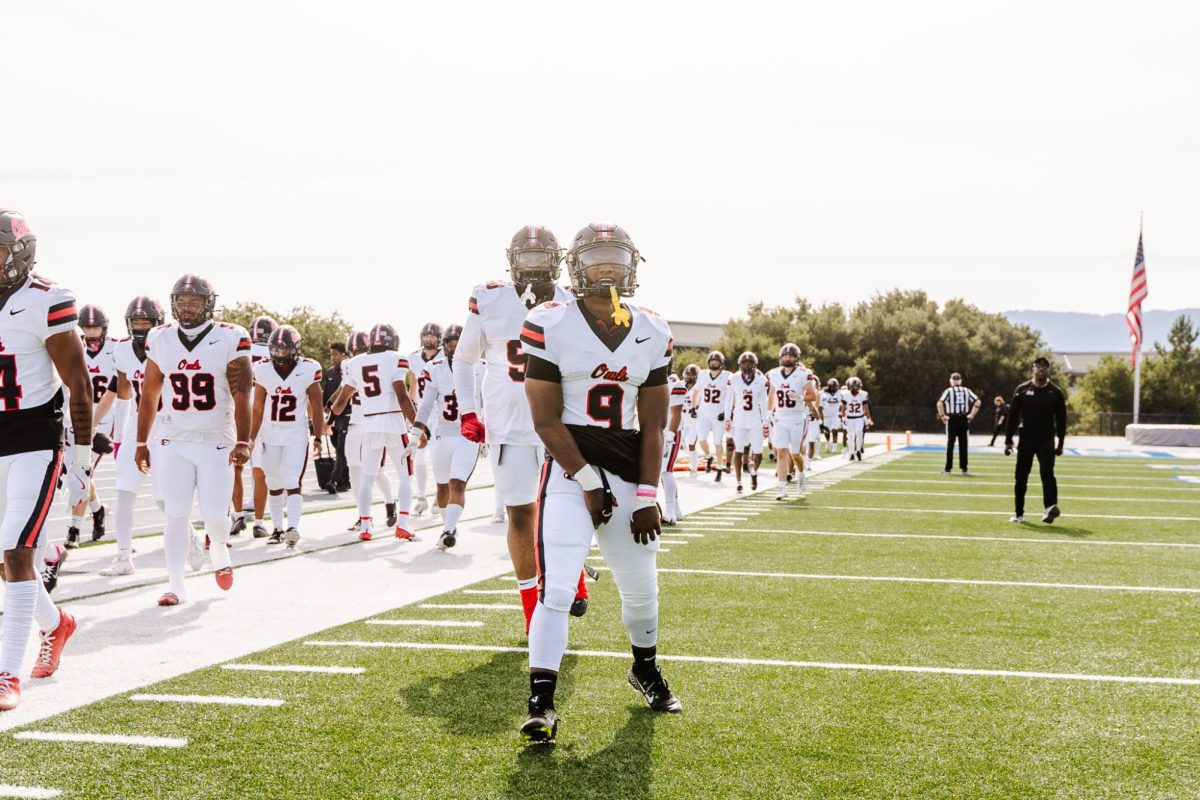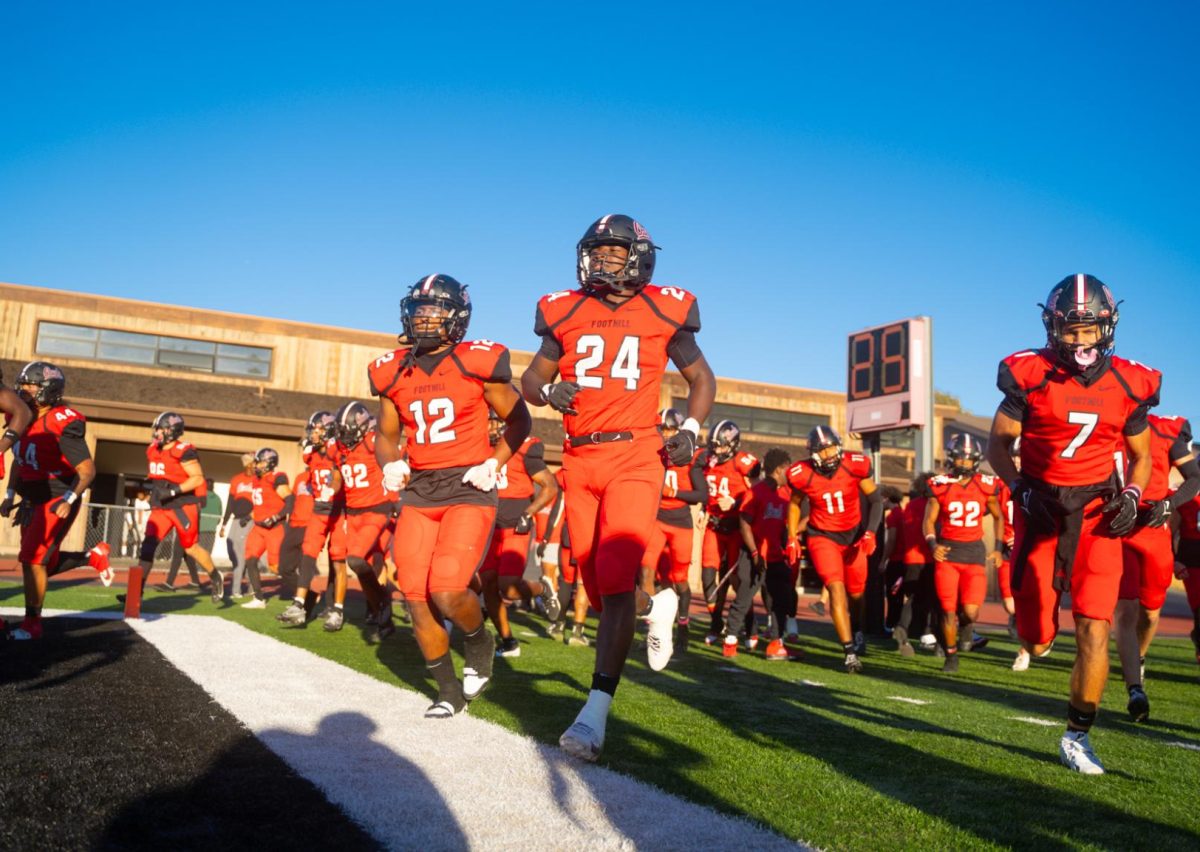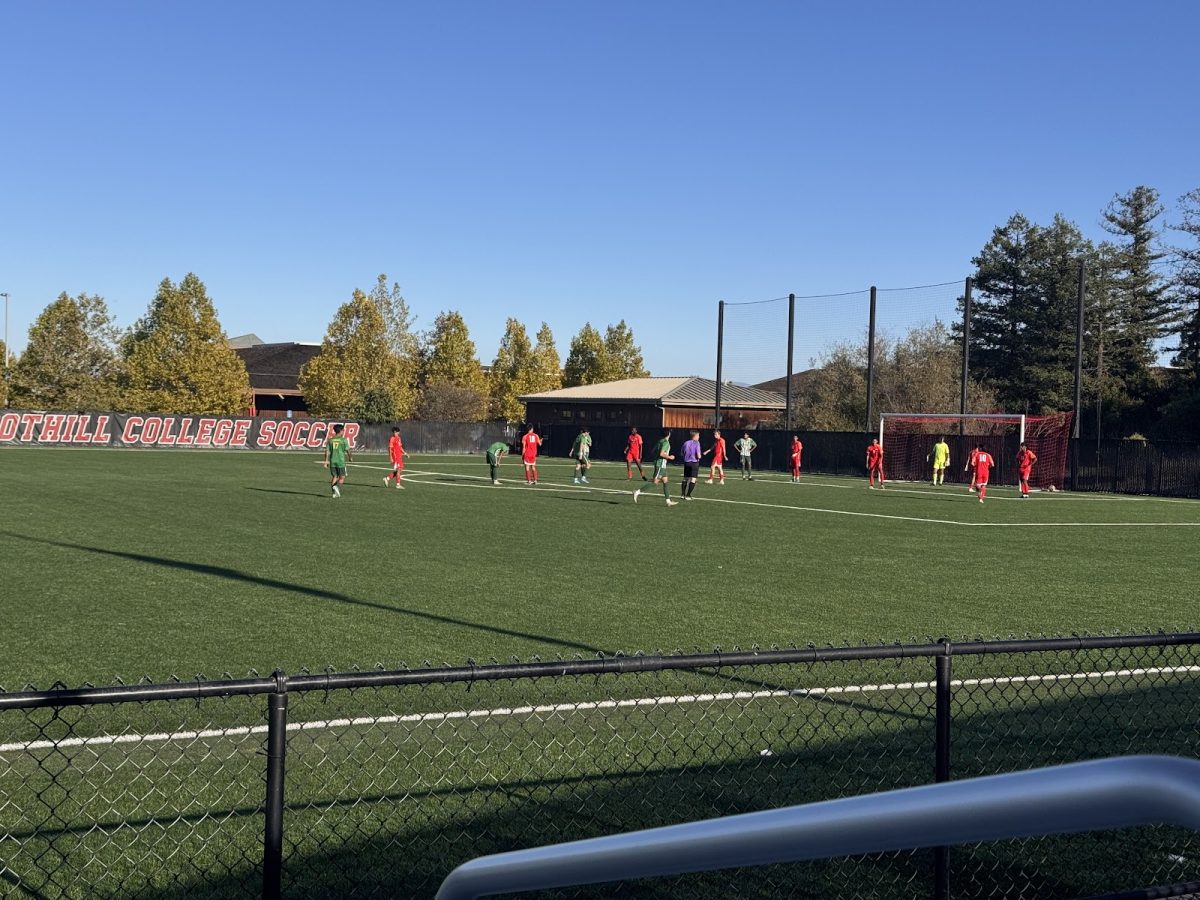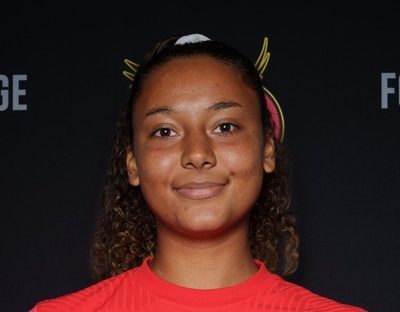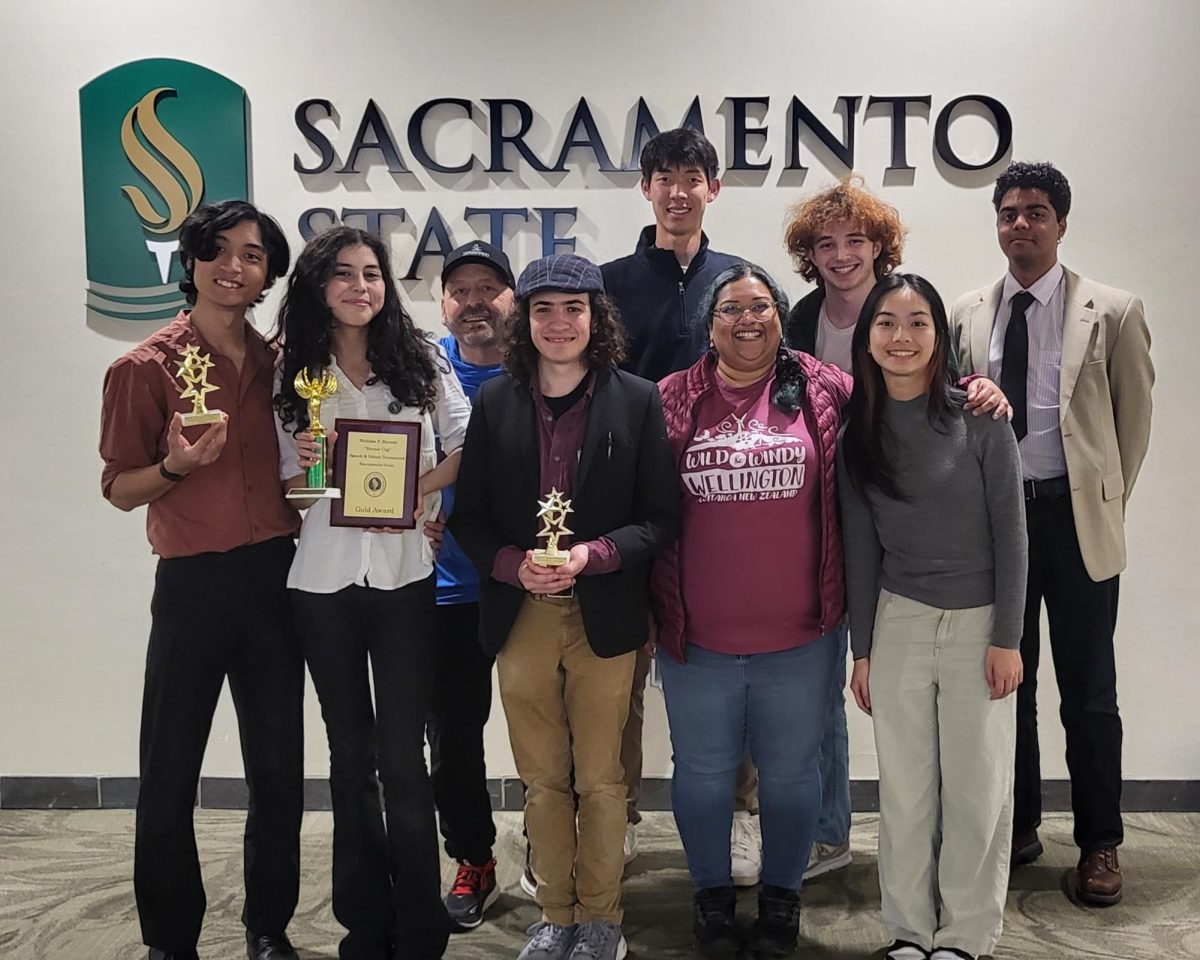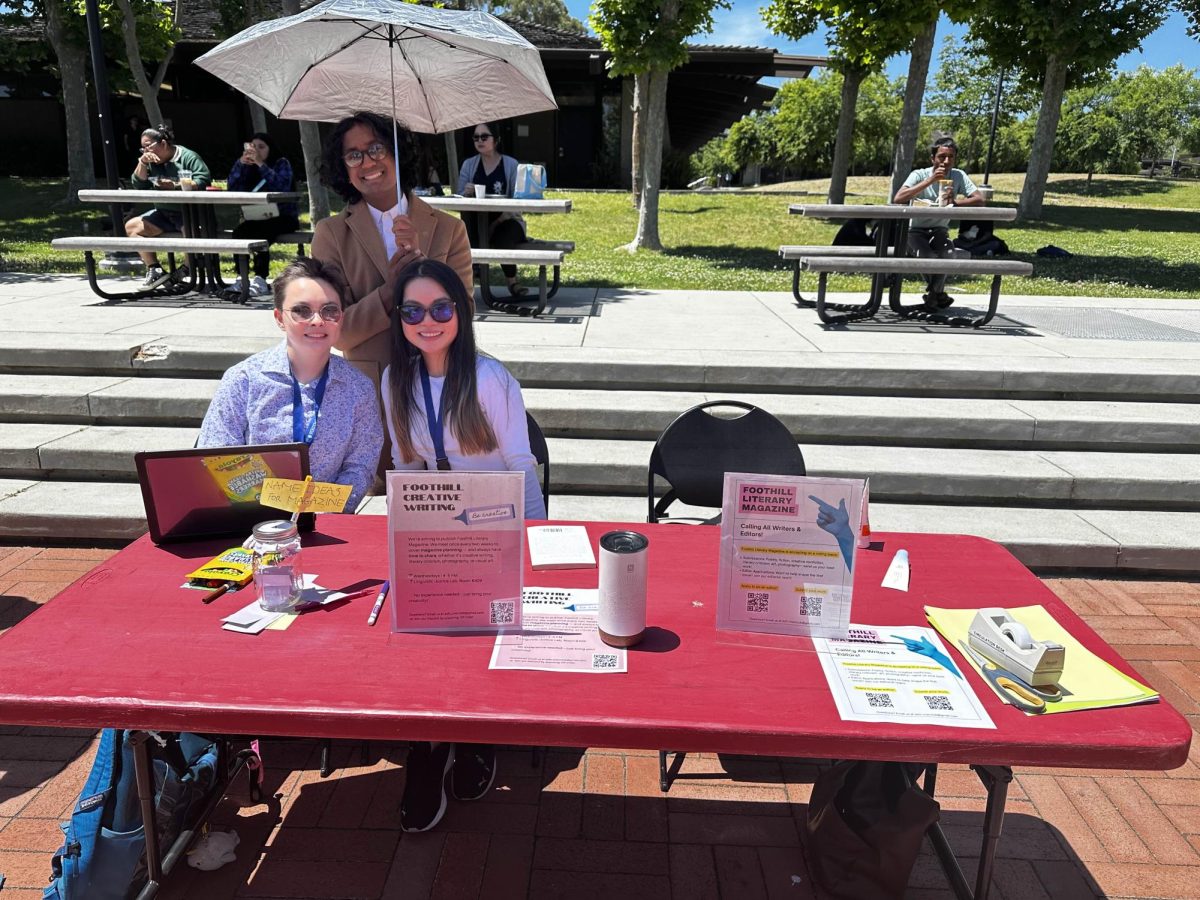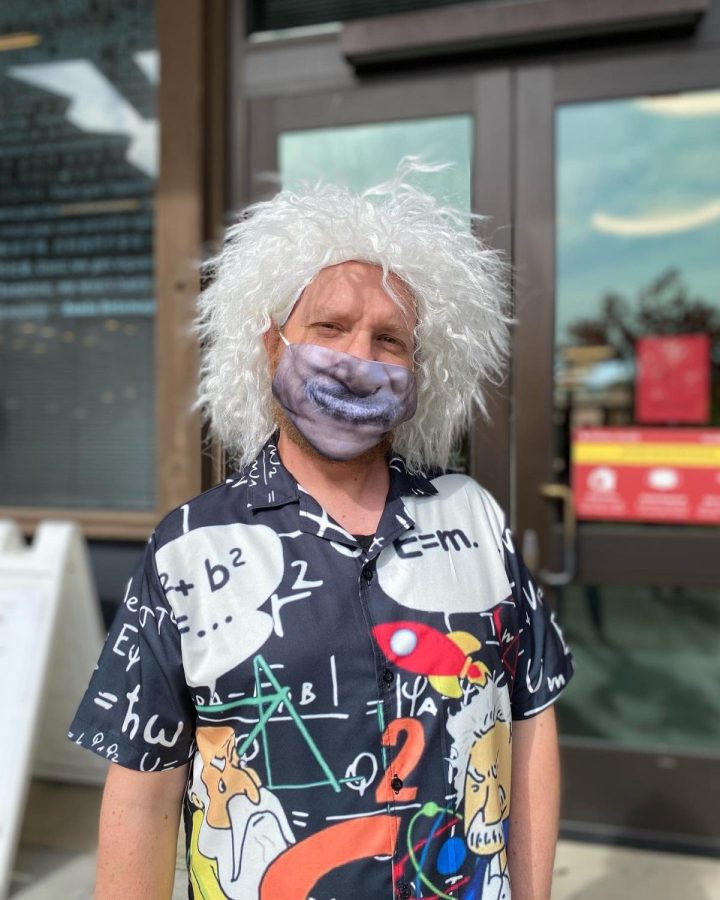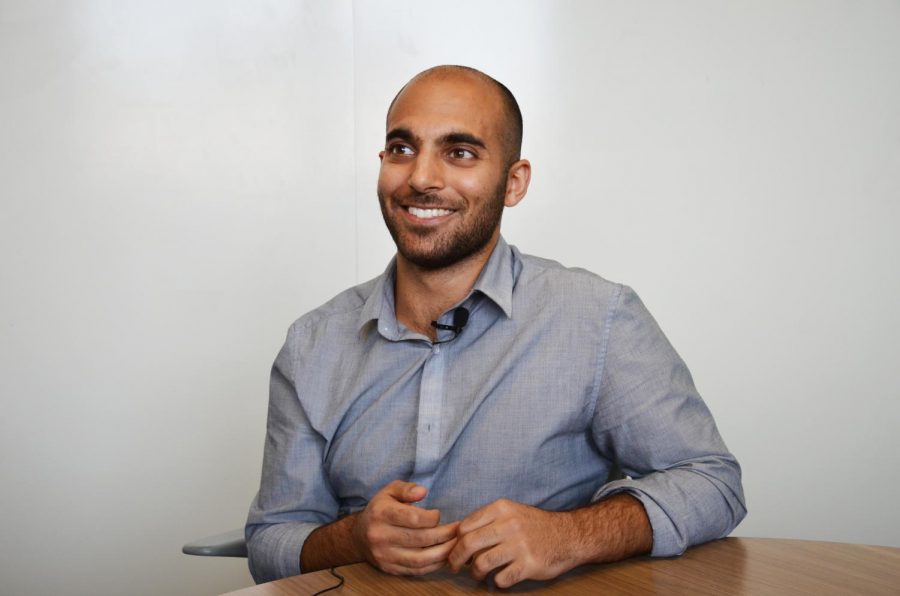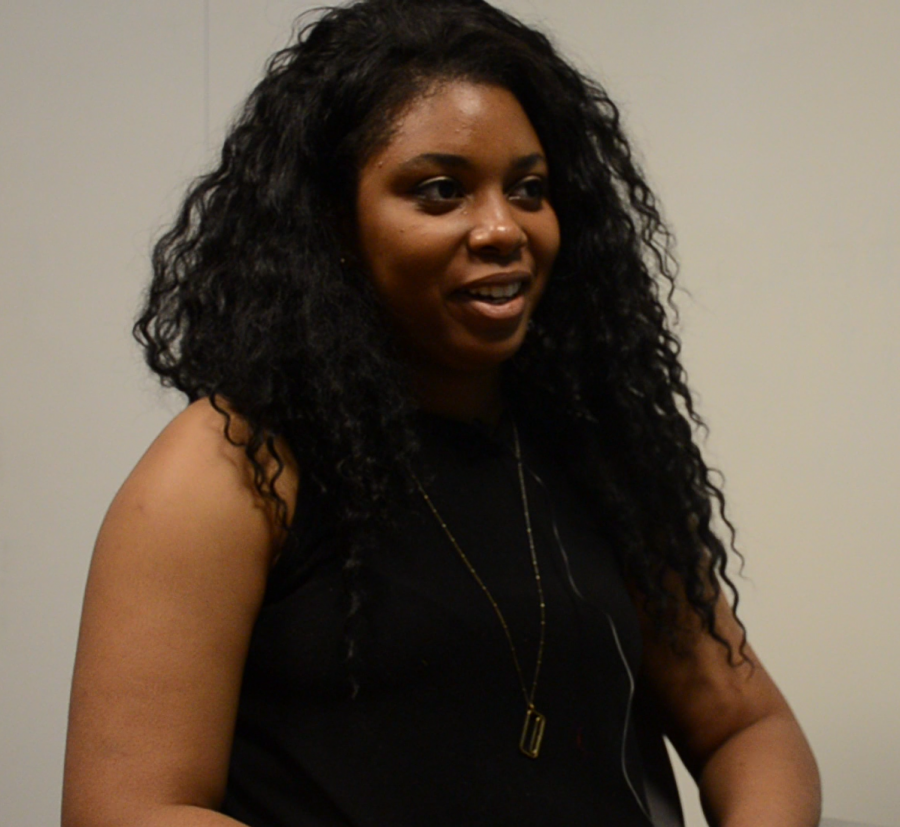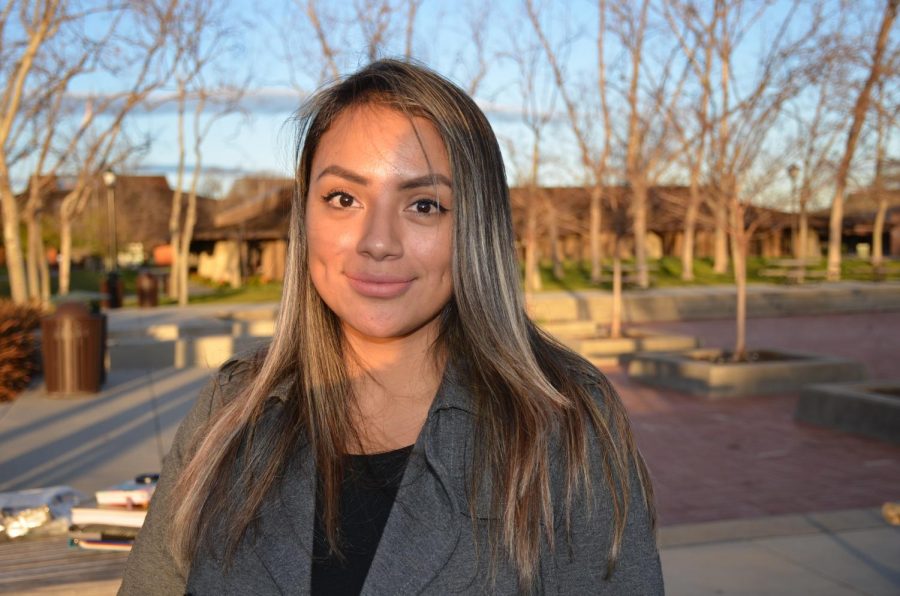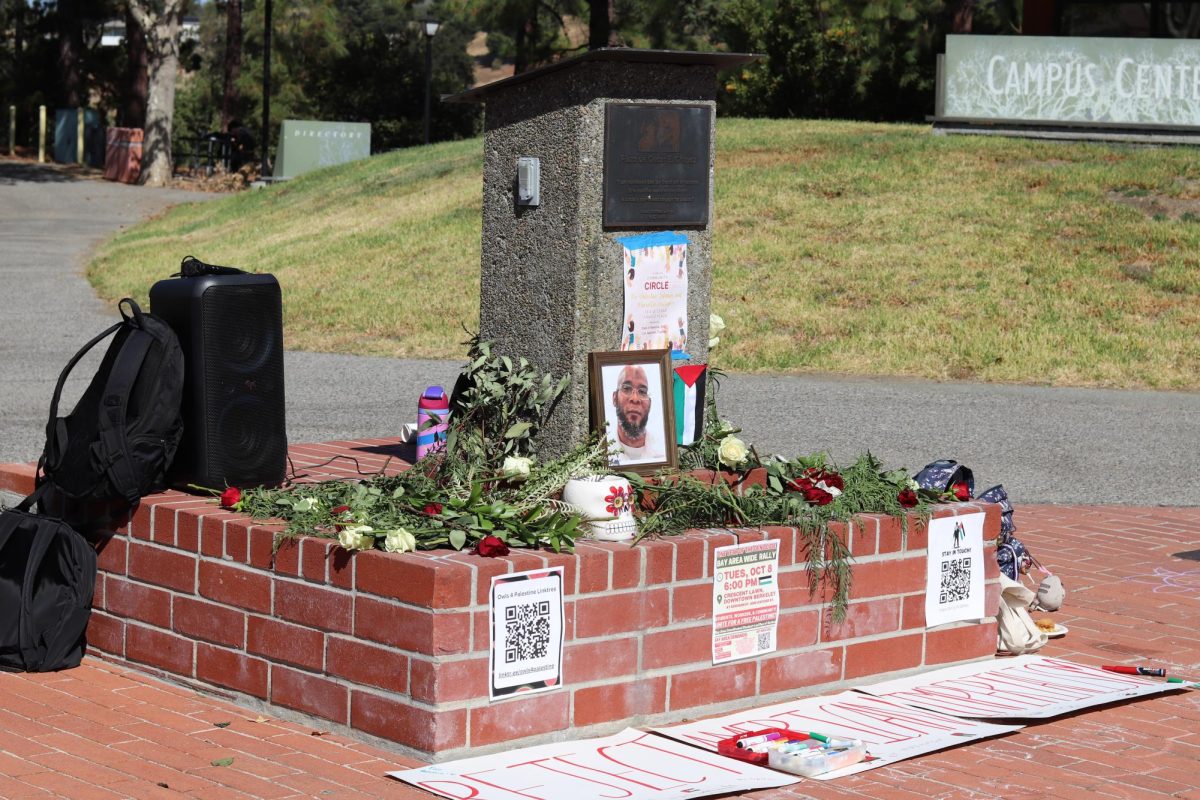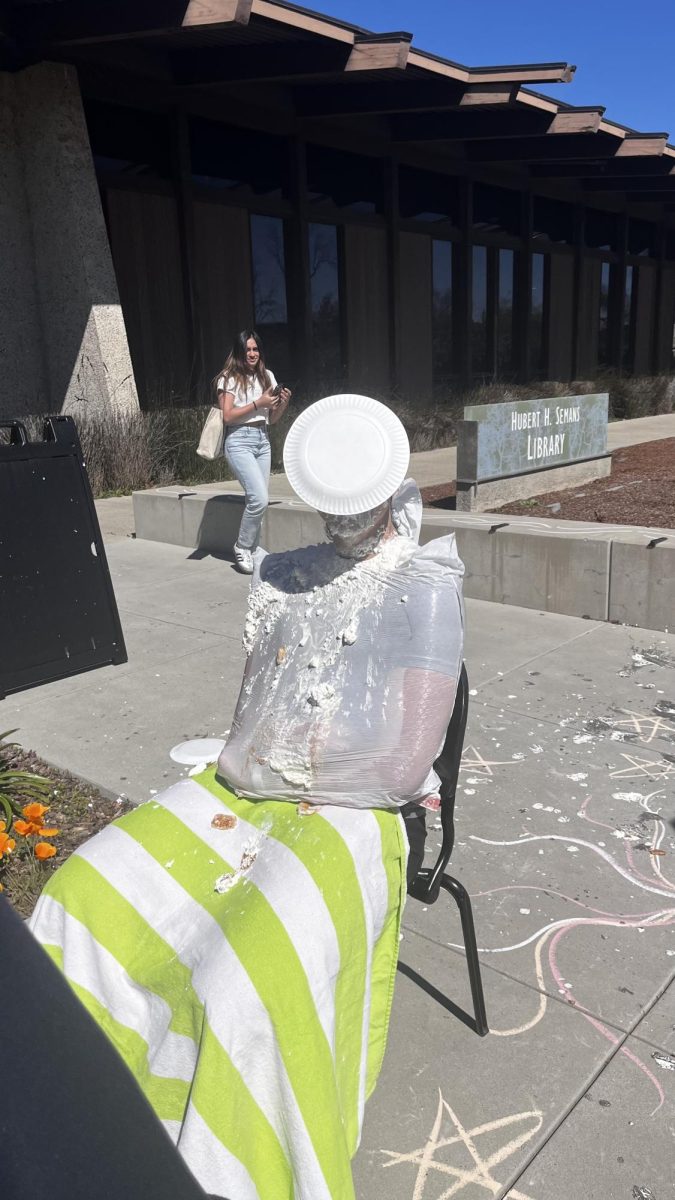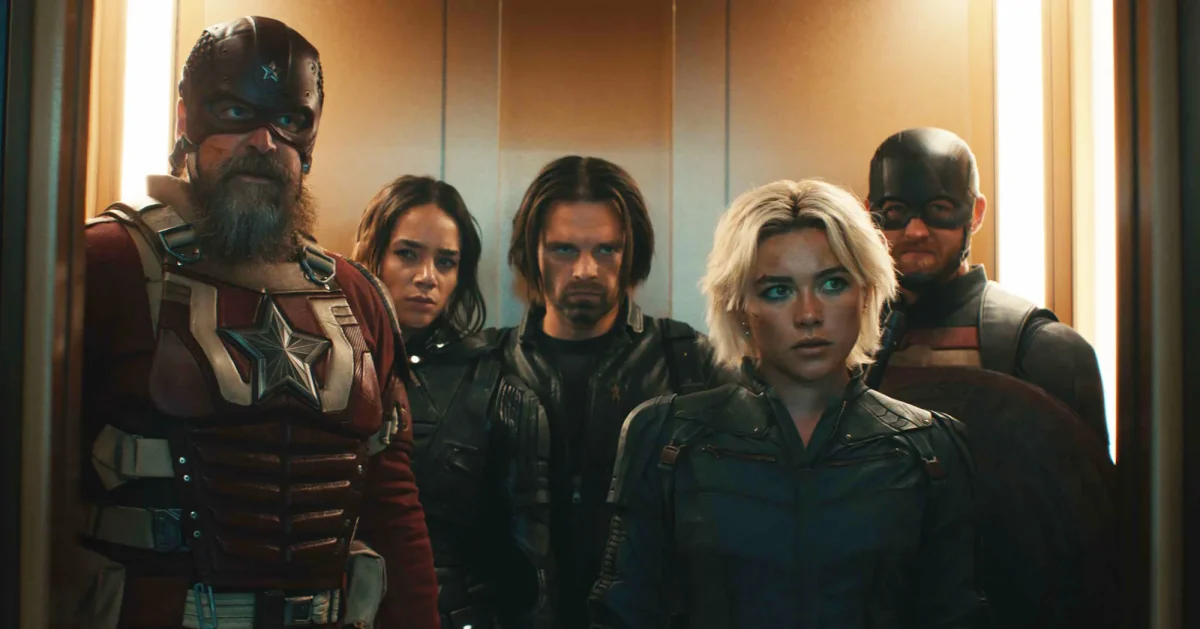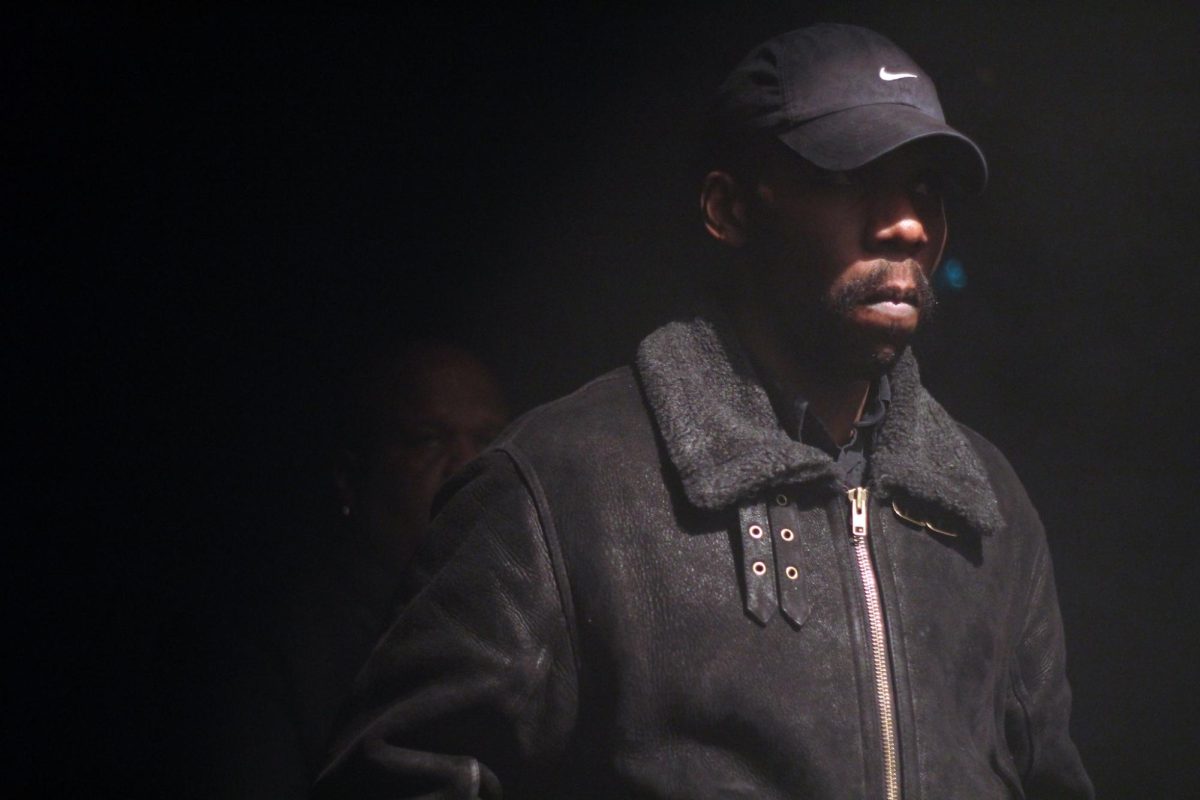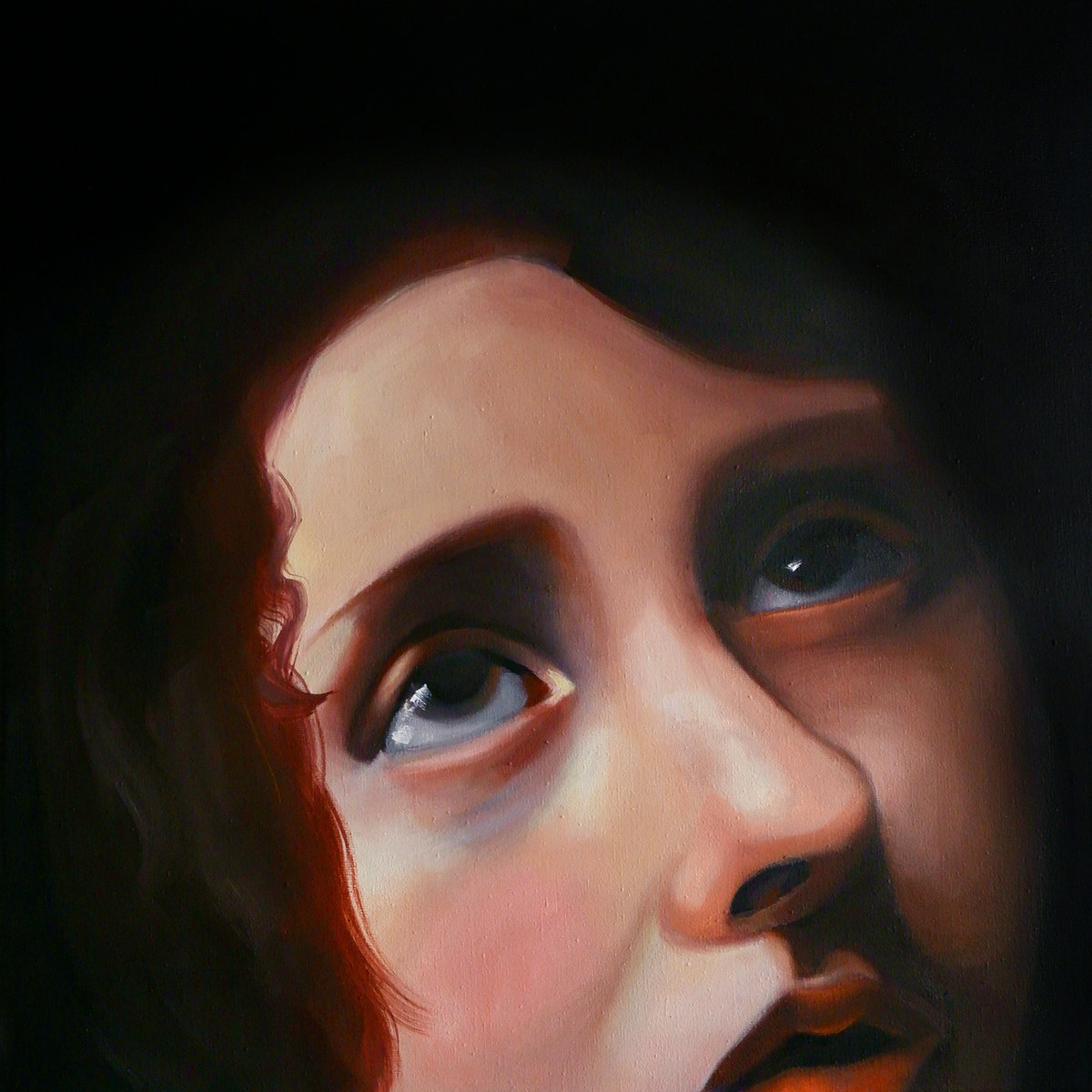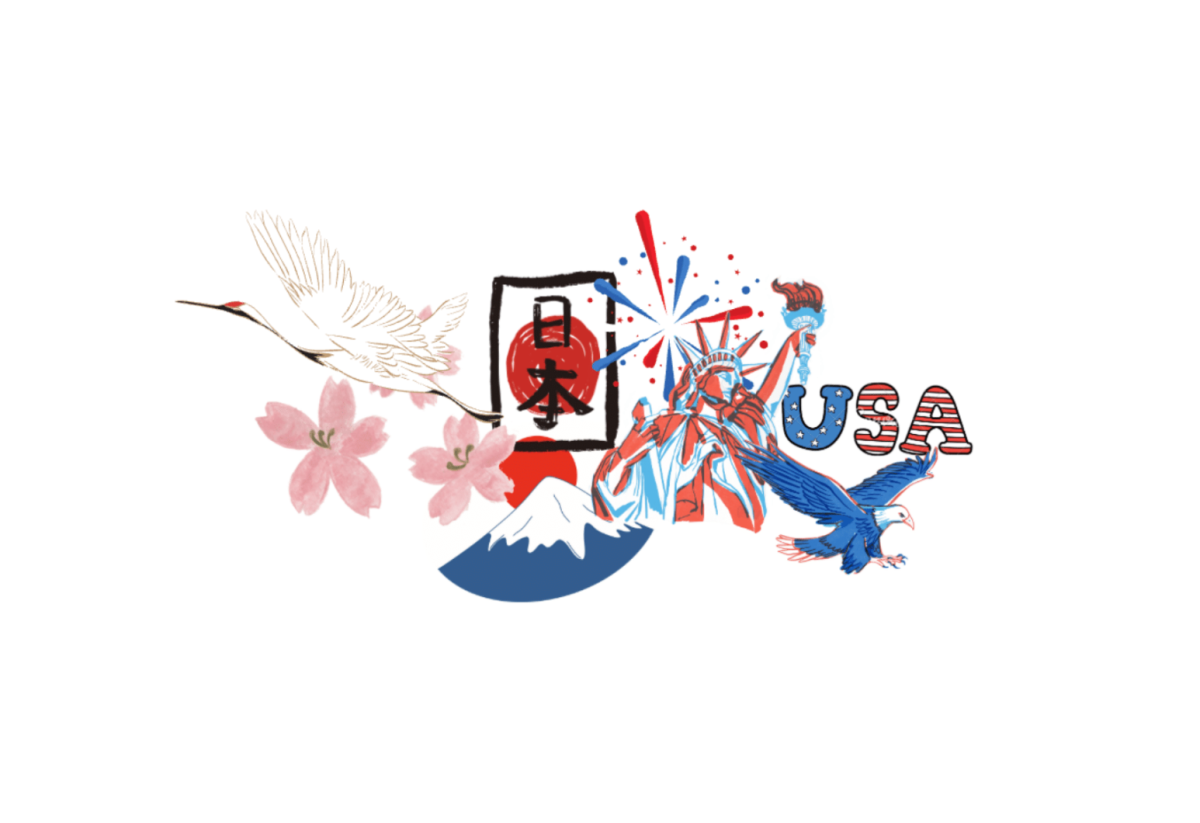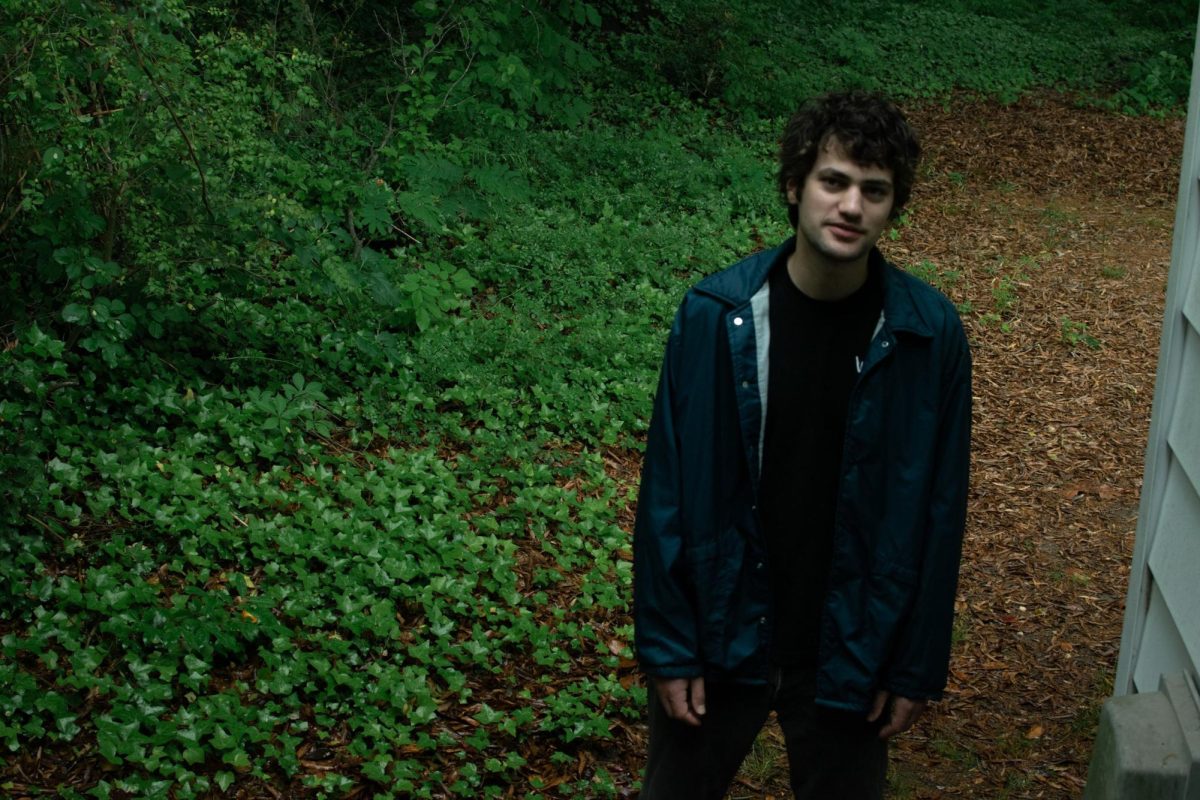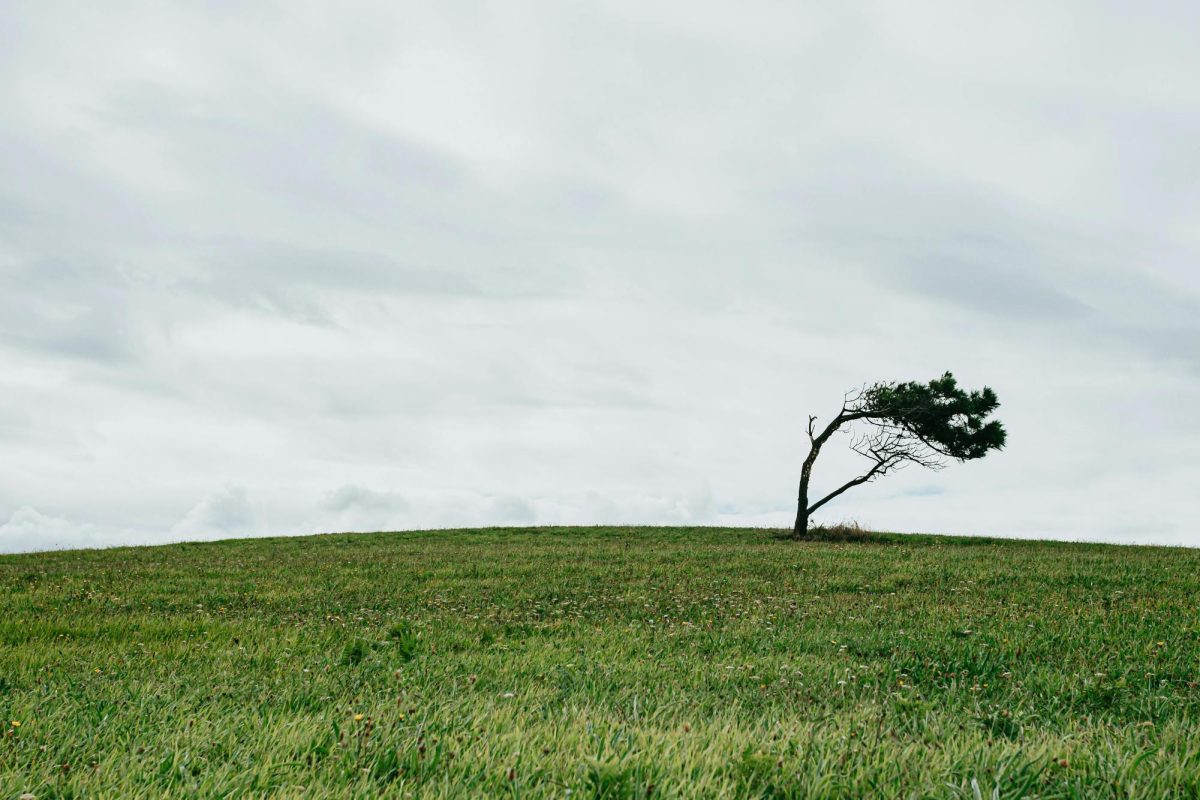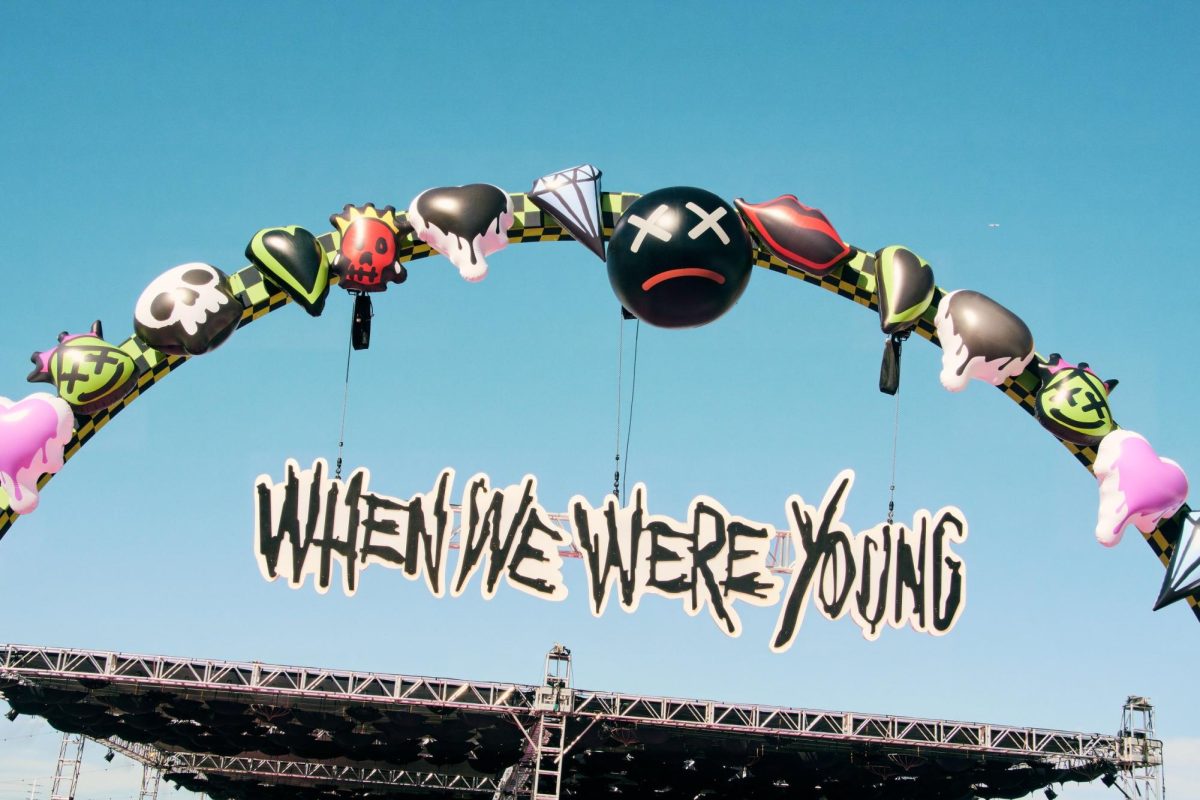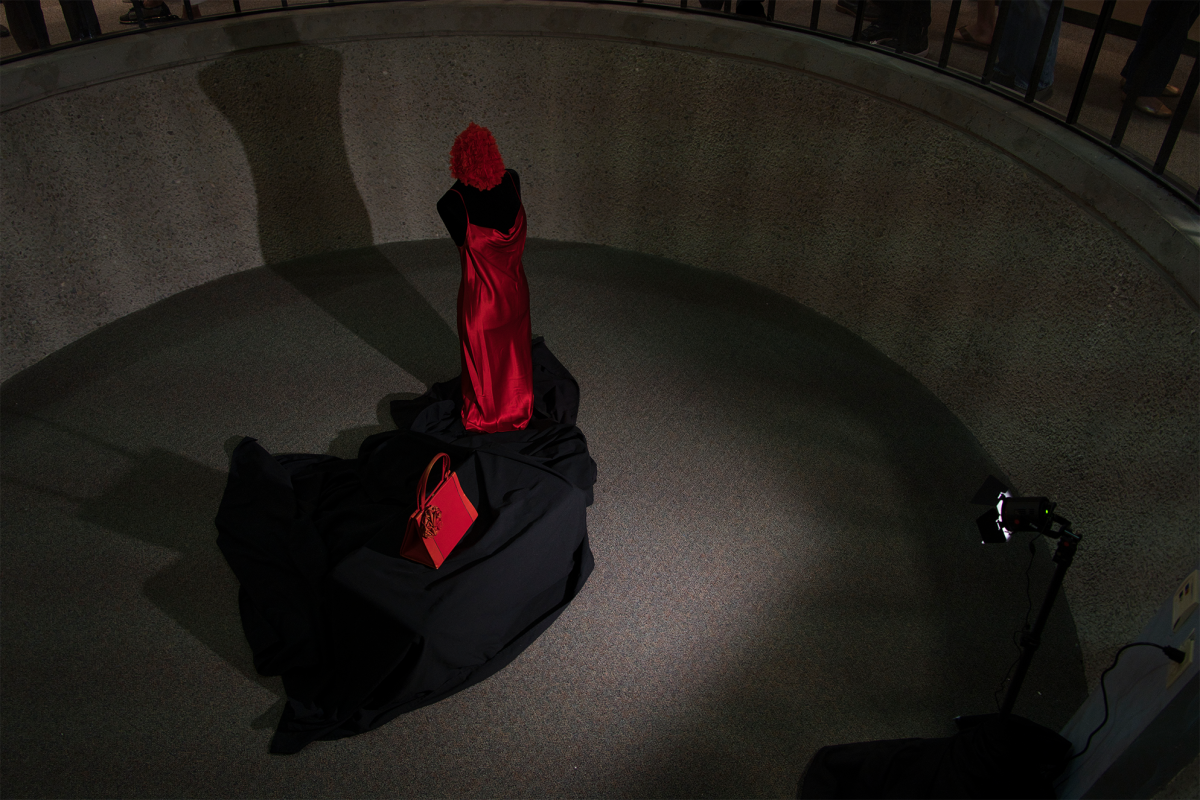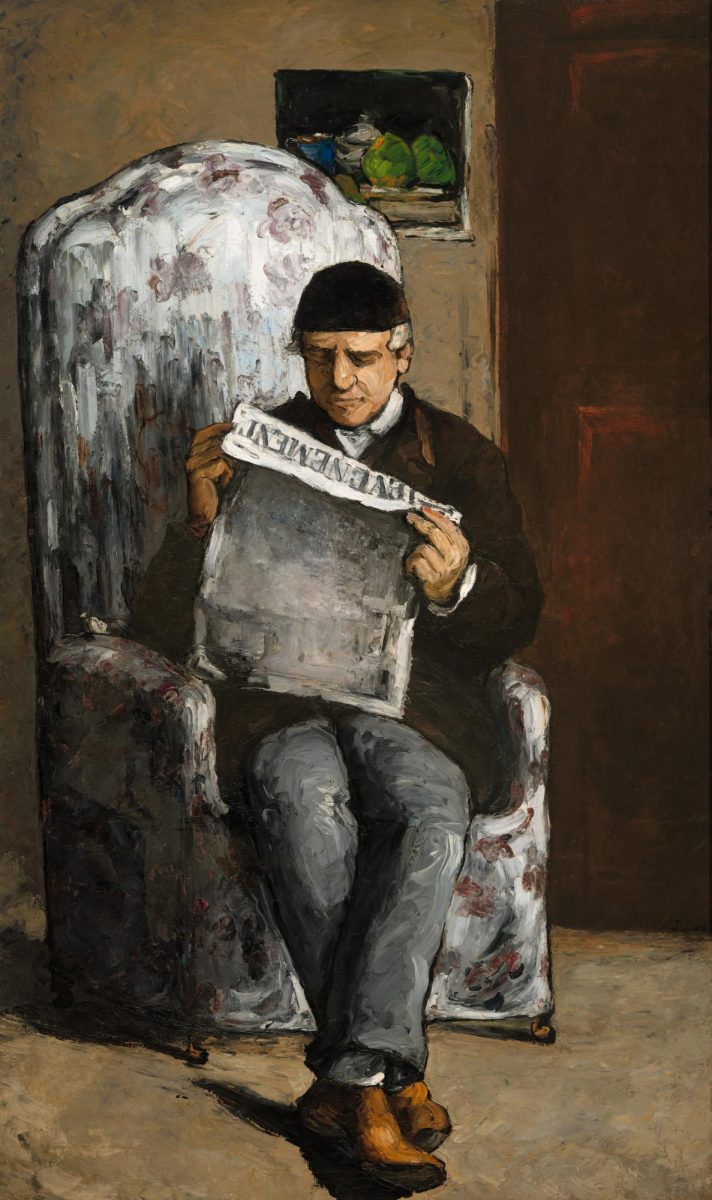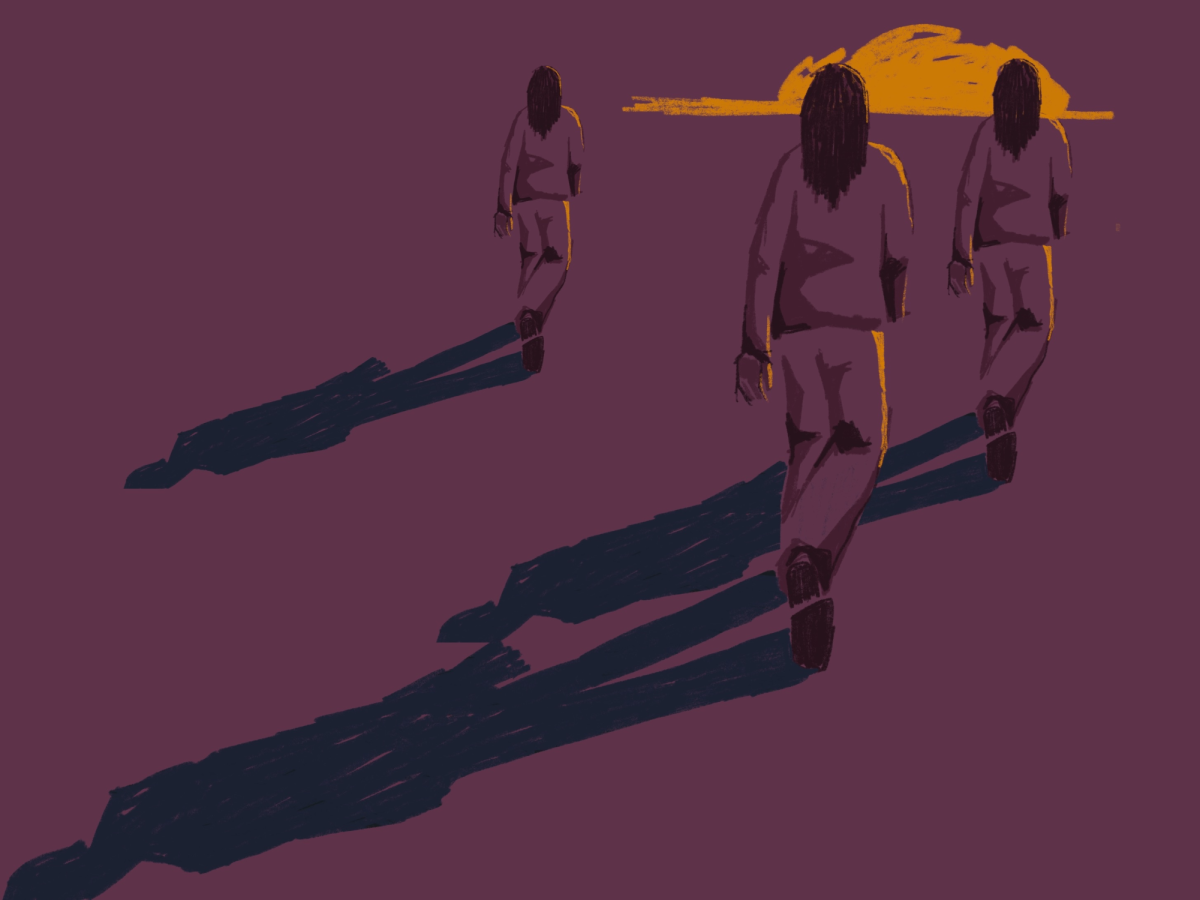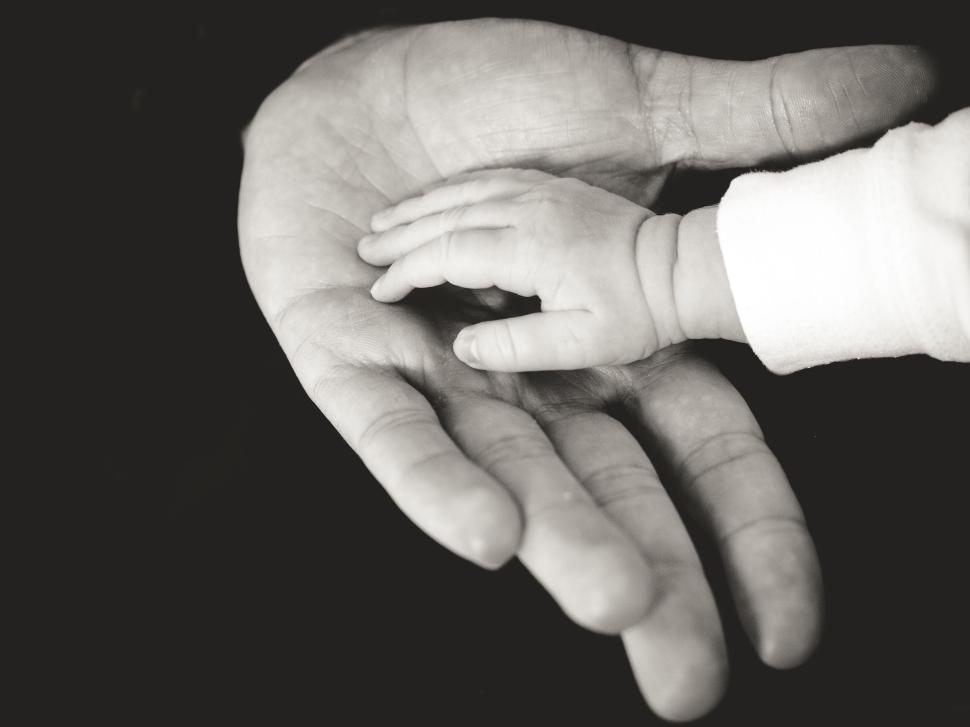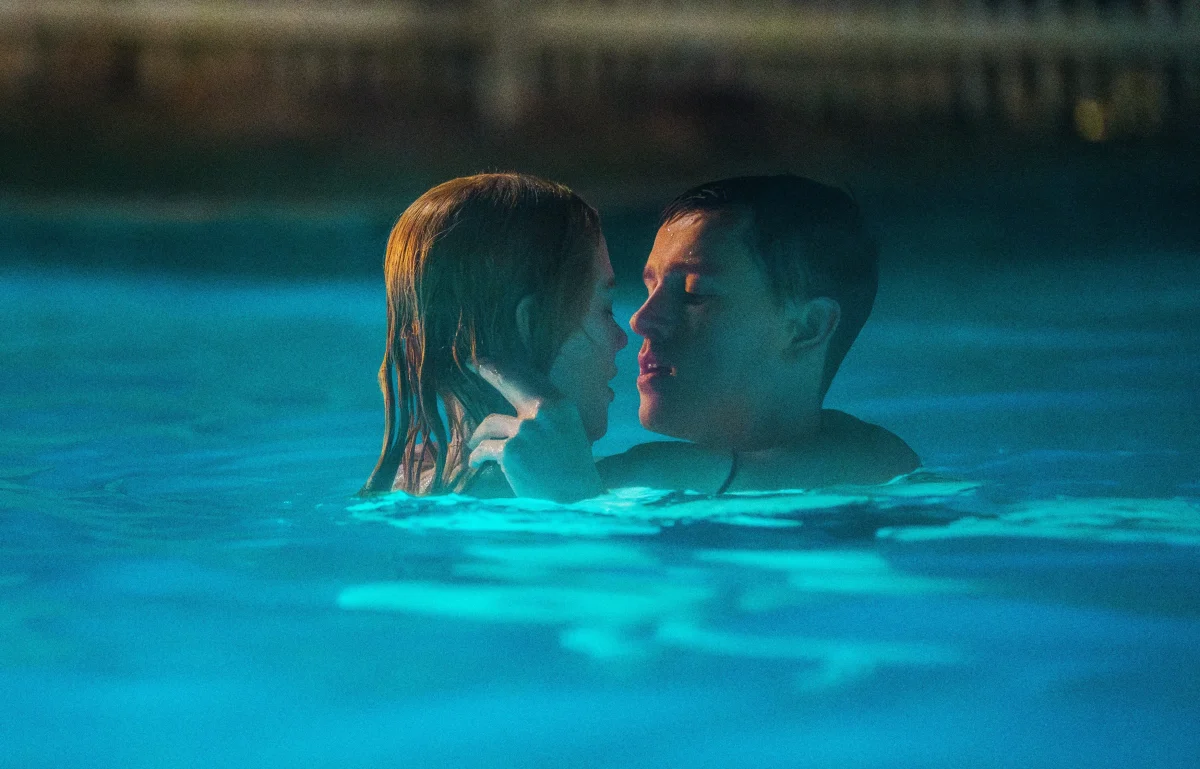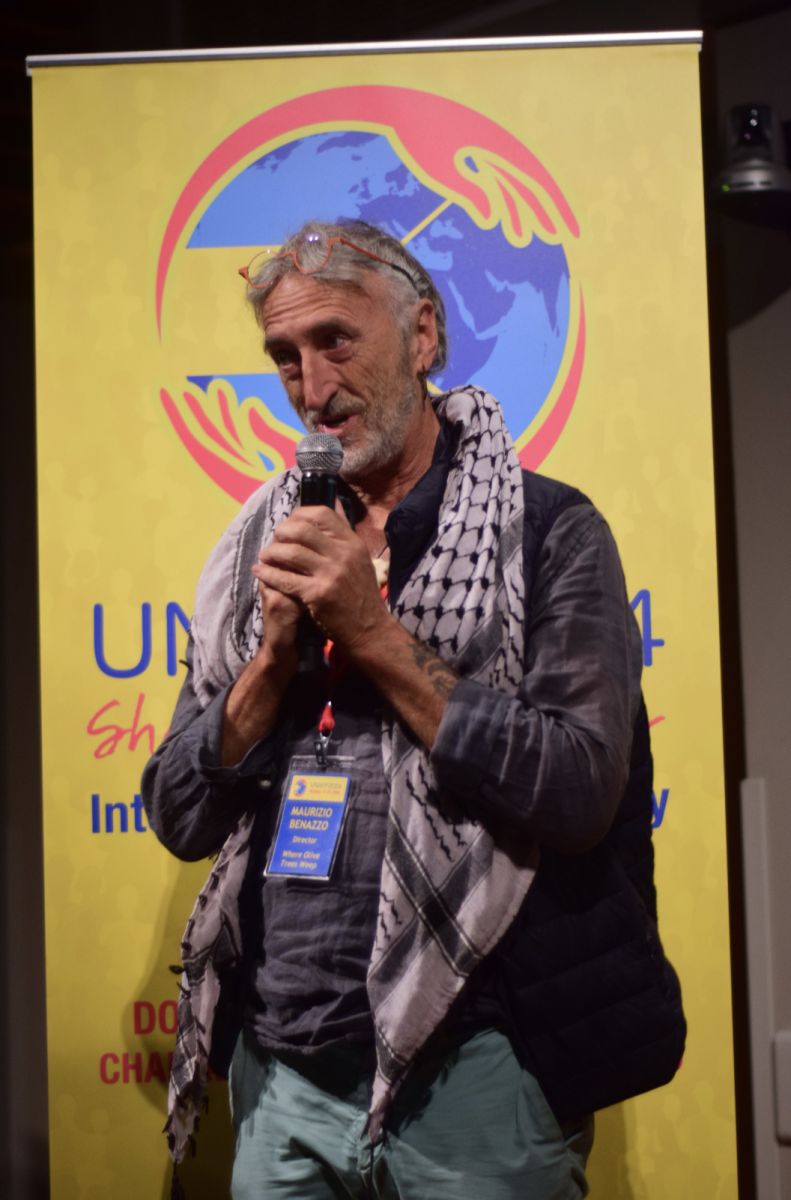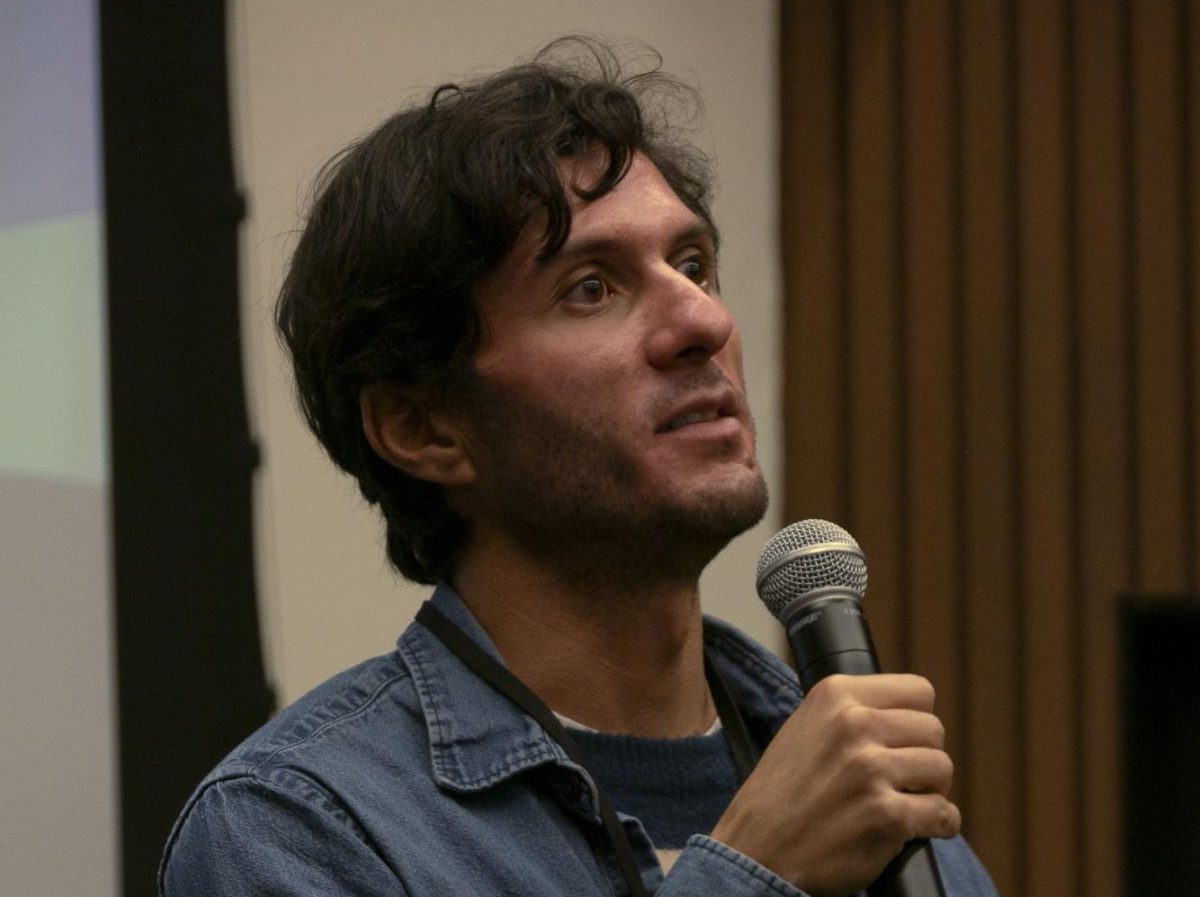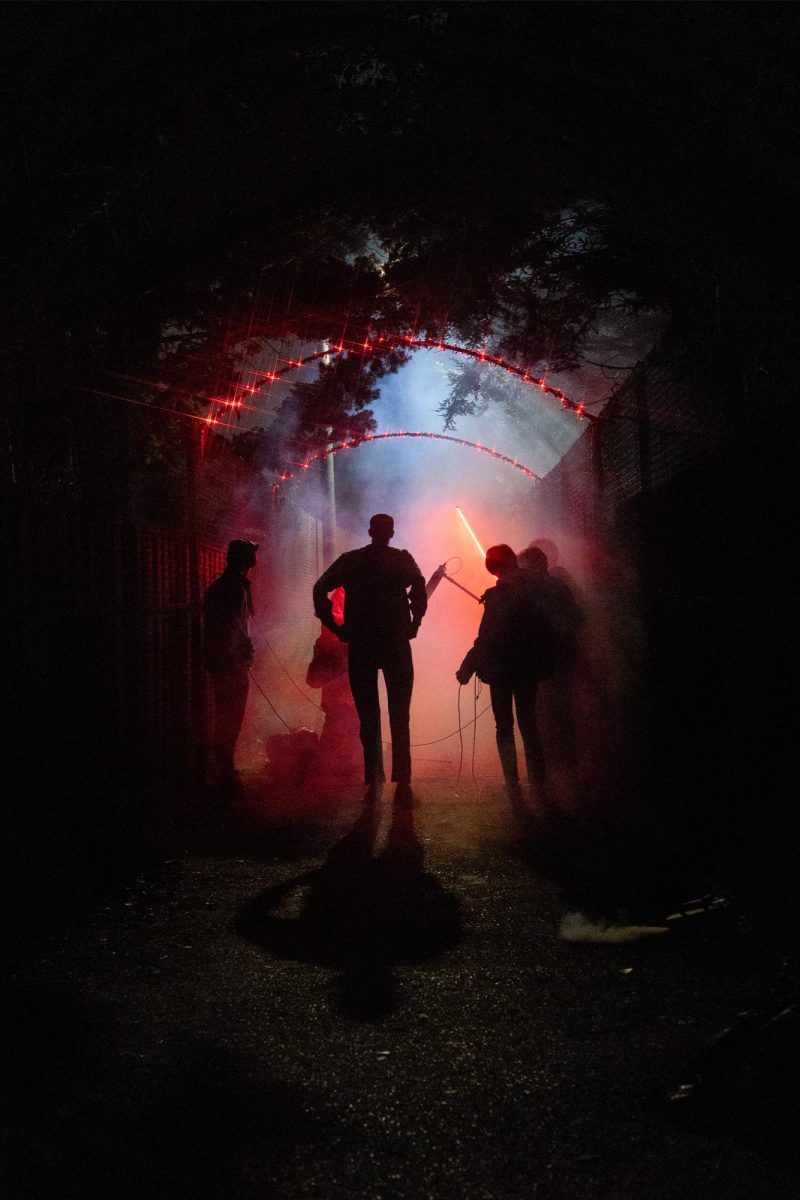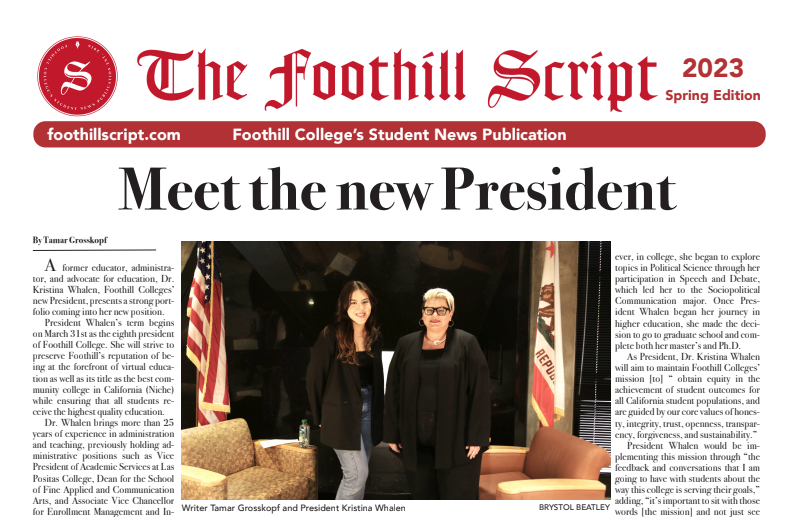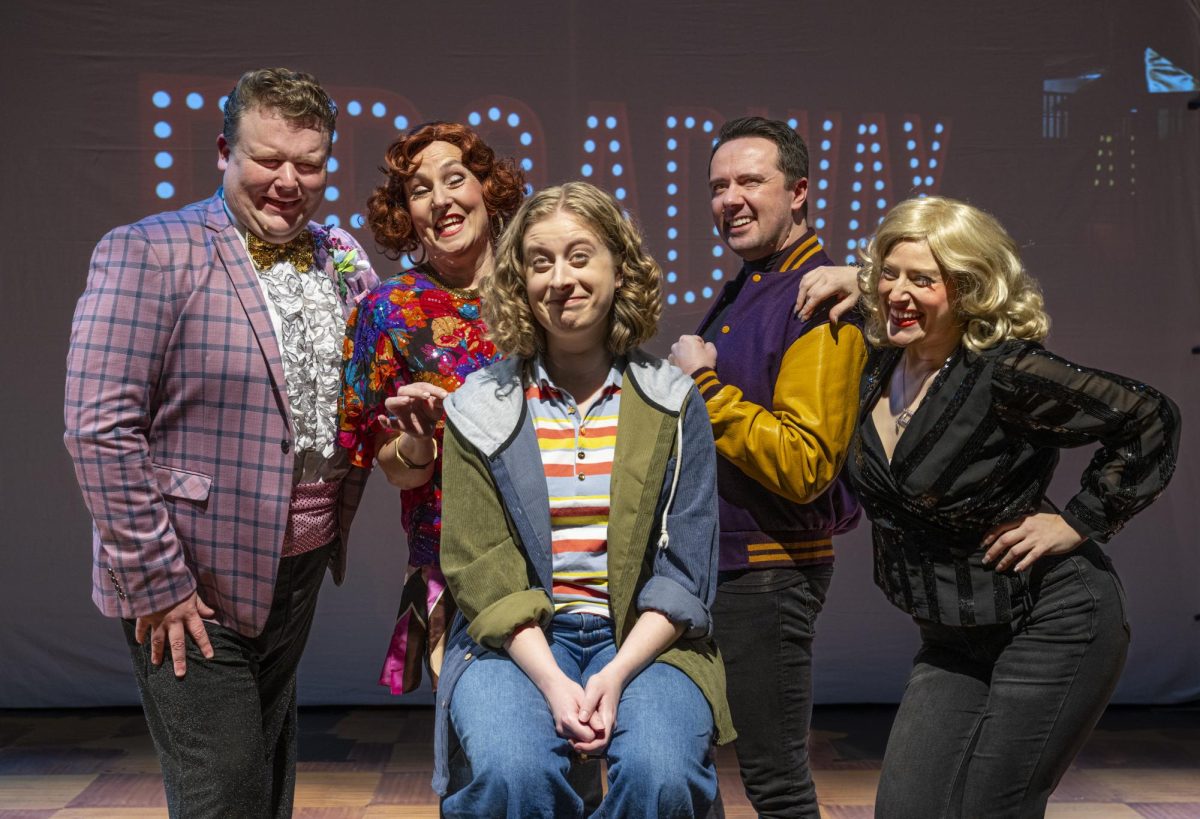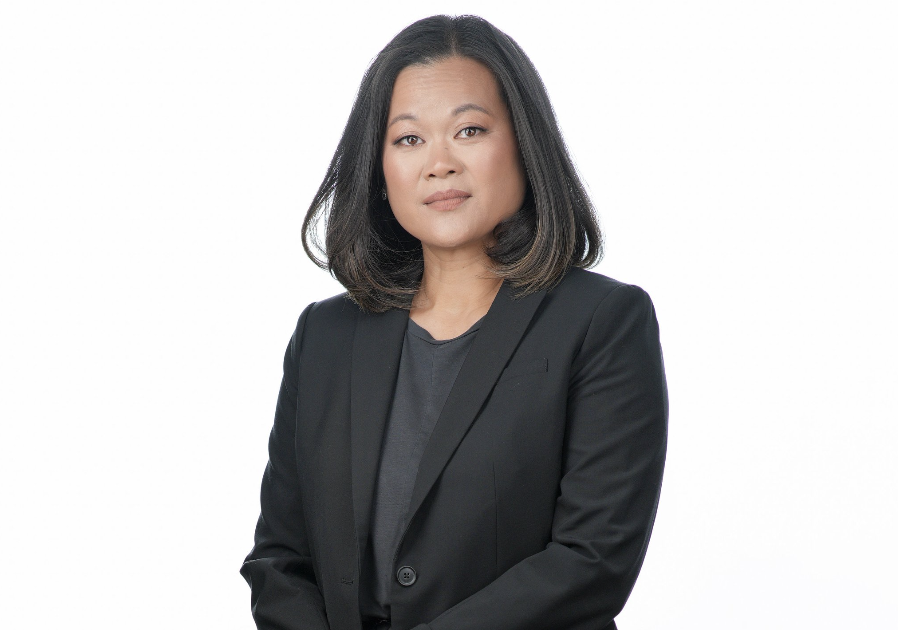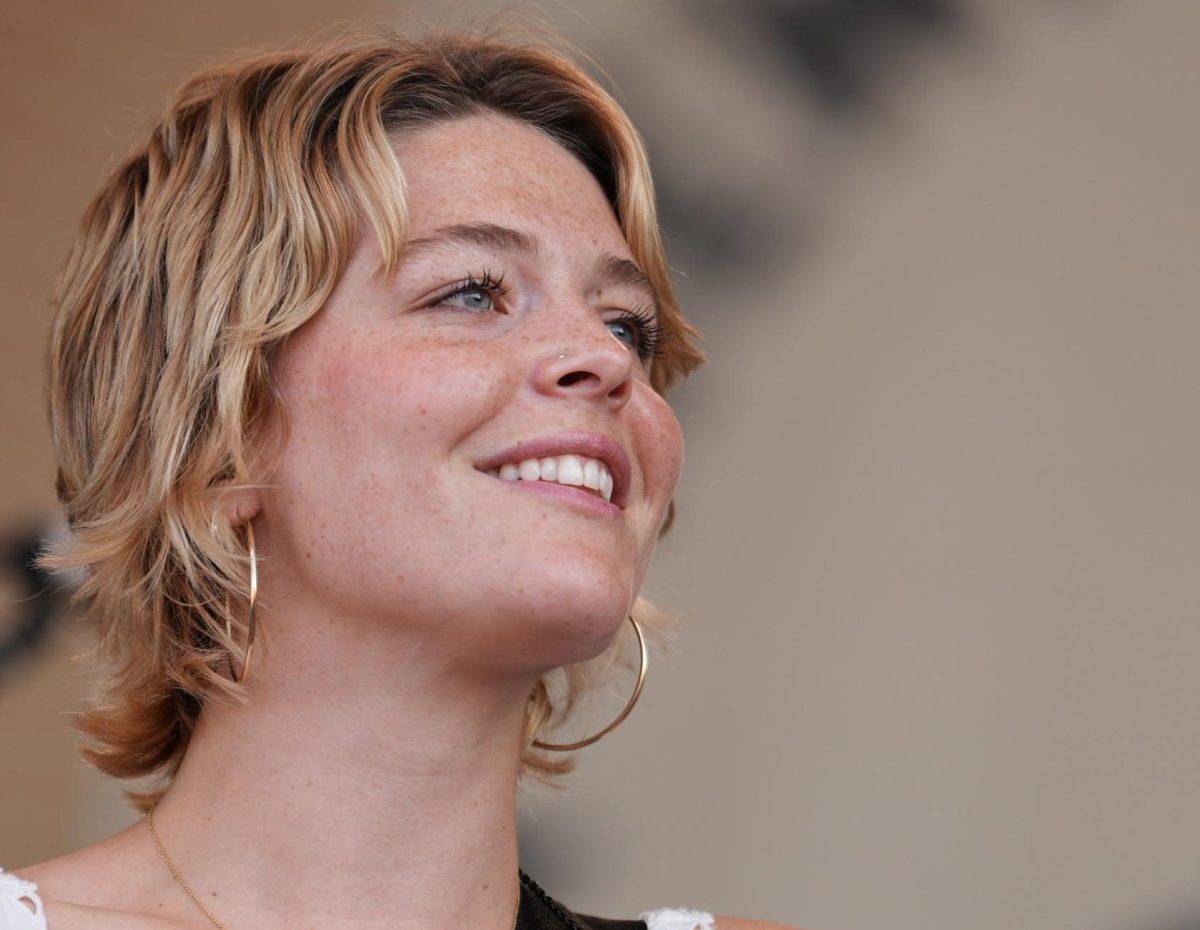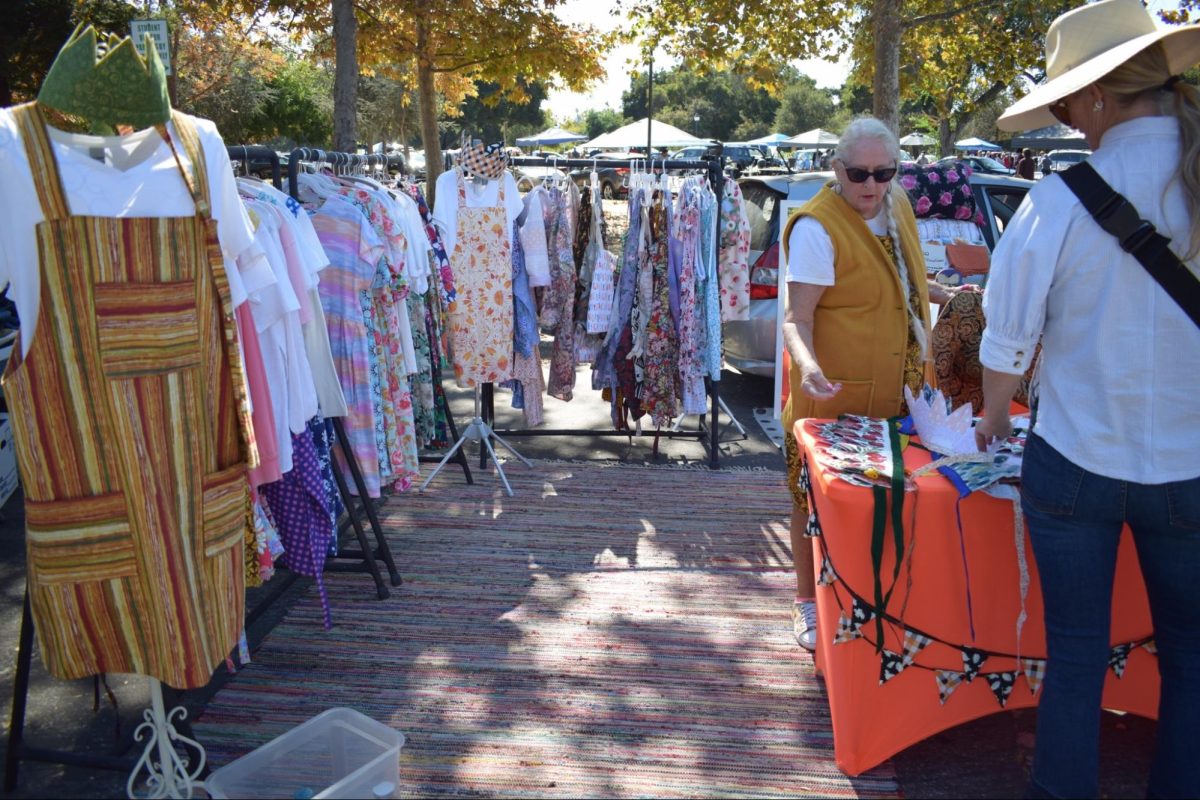Zoee Davis-Marsh starts her days by taking a stroll down to her school’s cafe. She attends class, talks to her friends, and lives a normal LA college life, the perfect mix of partying and procrastinating just enough to stress but not enough to fail. Except, unlike most college students, she attends an art college. Her days start and end in the cozy dorms of Otis College of Art and Design, where Zoee spends her days on a small campus working toward big dreams.
From childhood, Zoee was captivated by the many creative arts that she grew up with, including a myriad of anime and art books that her parents showed her. From the moment she could think, she was drawn to creative things. “First it was storytelling, then art. Everything art,” she commented, highlighting her early love for her life’s passions. Zoee spent much of her earlier years creating, whether it was stories, art, or buildings in Minecraft.
Despite having these dreams of being an artist, she repressed those feelings in favor of a more traditional path. “For 5 years I was telling people I wanted to be a doctor. From the 5th grade I just kept repeating it,” she continues. “Everything changed for me in quarantine. I only had myself and it made me really think about my life. I realized I had to do art but I wasn’t confident.” Like many students, Zoee kept her dreams to herself, not feeling secure enough to share her aspirations, and almost didn’t chase them.
A dilemma many teens and college students face: What should they do with their lives? For some, the answer is immediate, while for others, it’s unclear. Regardless of how certain students are in choosing their future paths, there is immense pressure, especially in the Bay Area, to do something big — to go into STEM. Zoee, like many others, felt this pressure to follow more conventional routes. “I felt like I had to. It was something that so many people in my family and around me were doing, and I just felt like my art wasn’t good enough,” Zoee remarked. She embodies the feelings of many aspiring artists who fear they won’t be able to make it or simply aren’t good enough. In the digital age, comparison is exponentially easier. “I get so much inspiration from the internet, I can’t not compare myself to others. It’s so much easier to feel like a nobody than become a somebody,” Zoee said, sighing. In addition to having limitless people to compare yourself to, art is a field where your results are more directly tied to things that you created and are more subjective. It is hard to not be affected by what people say about your art. Learning something as straightforward as math is easy — you make a mistake and you learn the correct way to go about it. But in art, there isn’t always a “correct” path, and your learning is built on the back of the criticism that you receive.
Zoee feels that the constant feedback she receives in art school is essential to growth. “Criticism is key to growth,” she noted, emphasizing that without it, she wouldn’t be the artist she is today. A focal point of art is criticism, but the process of learning through constructive criticism hasn’t always been easy for Zoee. Like many of us, she is sensitive to criticism and spent a long time working on her issues surrounding it. “It’s hard to see your work get torn apart like that over and over again,” Zoee admitted. “But I know how essential it is to grow as an artist, so I am trying to embrace it.” This encapsulates much of Zoee’s mindset, focused on growth and acceptance, which she adopted in due part to her supportive peers.
One big factor of college is the environment. The community at her school has a sense of camaraderie that has formed with other artists gathered in one place. Zoee comments on said environment: “I am so lucky to be in a supportive environment. It makes the hard days that much easier. Without them, I wouldn’t be able to do it.” She describes her school as warm, supportive, and homely. One of the unique features of art school is the common ground between all students — art. Having a supportive environment is an important factor for many college students, who are often stressed and overworked in competitive environments. Frequently overlooked, Zoee gives credit to her environment for her success and growth.
On the opposite end of the spectrum, one of the biggest struggles Zoee has faced so far is the deadlines. One of art school’s biggest challenges is the quick turnarounds and large volume of artistic work. “I have big ideas, but the deadlines come up so fast, and I like to think deeply about my work,” she said, explaining how the balance between creativity and efficiency has been difficult to manage, often forcing her to cut her visions short for the sake of meeting deadlines. The rapid-paced, repetition-based curriculum of art school, can feel demotivating or saddening to those who create with much thought and intention.
This pressure and intense workload contribute largely to the stigmas surrounding art school. Commonly dismissed as too easy, a waste of time, or something that breeds unsuccessful people. These beliefs are often held with bias and built off misconceived notions. “A lot of people think art school is easy,” Zoee explained. “If it was just drawing, I’d have straight A’s,” she stated with a chuckle. Art school is often just as rigorous as a typical four-year university, with successful students needing high levels of discipline, time management, and the ability to handle critique. While the curriculum may differ, art school students still take core subjects like English and Math. The demands of art school are comparable to other four-year degrees but with a different type of workload and creative pressure.
Although Zoee is currently attending art school, she doesn’t think it’s a requirement for everyone. “There are many aspiring artists who feel the need to go to art school to succeed, and I don’t think that’s necessarily true,” Zoee continued. “When you think about many of the greats, they never went to private art institutions.” People can find success without an art degree, provided they are dedicated and put in hard work, and there have been many famous artists who have done this, such as Vincent van Gogh and Coco Chanel.
While art school may not be the path for everyone, Zoee thinks it is for her. “Deciding to make the leap of faith is hard,” she pauses and then continues. “I’m not sure if I have regrets per se, but I certainly have complaints. Being in debt isn’t something I was dreaming about.” Zoee’s main issue with her school is one most college students can relate to: cost. Generally speaking, art schools are more expensive than traditional four-year colleges. Zoee didn’t feel comfortable with sharing her total projected amount of debt by the end of college, but still conveyed the general message: it’s more money than anyone should owe for school. This can be a challenge for students who struggle with money and are forced to take out expensive loans. “I think it’s really sad that people have to give up their dreams because school is too expensive,” Zoee remarked. The upfront costs of art school are very high, and oftentimes students take more than four years to graduate, if at all. The majority of art schools have a four-year graduation rate below 50%, lower than the national average of 63%, according to College Factual. These are only the financial struggles that artists face before graduation, for those that make it.
Zoee touches on the struggles artists post-graduation face today. “It’s getting harder for artists to make a living, especially those in animation or wanting to do the finer arts,” Zoee remarked. This statement rings true in an era when creative industries have been hit by strikes, with workers fighting for better pay and working conditions. With writers striking in 2023 and successfully securing their wants, it may be only a matter of time before a strike happens on the other spectrum of creatives in art. Job opportunities in the art realm depend heavily on the field one pursues, with fields like graphic design offering more stable and well-paying jobs. “The more mainstream stuff like graphic arts is okay, but if you want to do other things, it just gets scarier every year. I remember being a child and the notion being more plausible.” This financial burden often deters people from pursuing an art degree or following their dreams. According to various studies, roughly 60% of artists are considered to be in the low-income bracket, causing the decision to go to art school to seem fanatical to many. That being said, Zoee likes to focus on the other side of statistics — the reality. “To me, what matters more is finding happiness in my life,” Zoee said assuredly. Despite all the challenges, Zoee tries to stay optimistic. She hopes to land an entry-level job at a game design studio after she graduates, emphasizing that, at the end of the day, she just wants to do what makes her happy.
Zoee’s journey as an artist is not one full of only sunshine and rainbows, but a life like any other with its ups and downs. The aspiring artist lifestyle is not a cakewalk that many people make it out to be. Paying no mind, one sketch at a time, Zoee draws her dream future into a reality. Zoee is determined; she charges forward, being able to rest easy knowing that she is doing something she loves. Her mindset is admirable, not only to fellow college students and artists alike but to anyone with dreams.
“You only get one life to live,” Zoee pauses. “I can’t bear the thought of wasting it on something I hate doing.”

